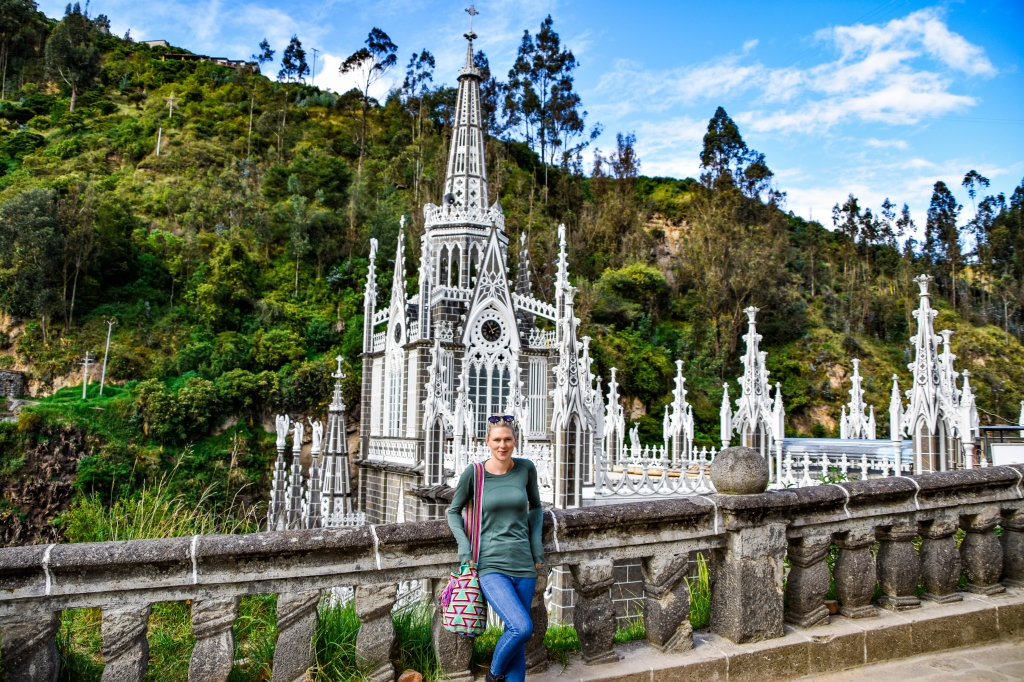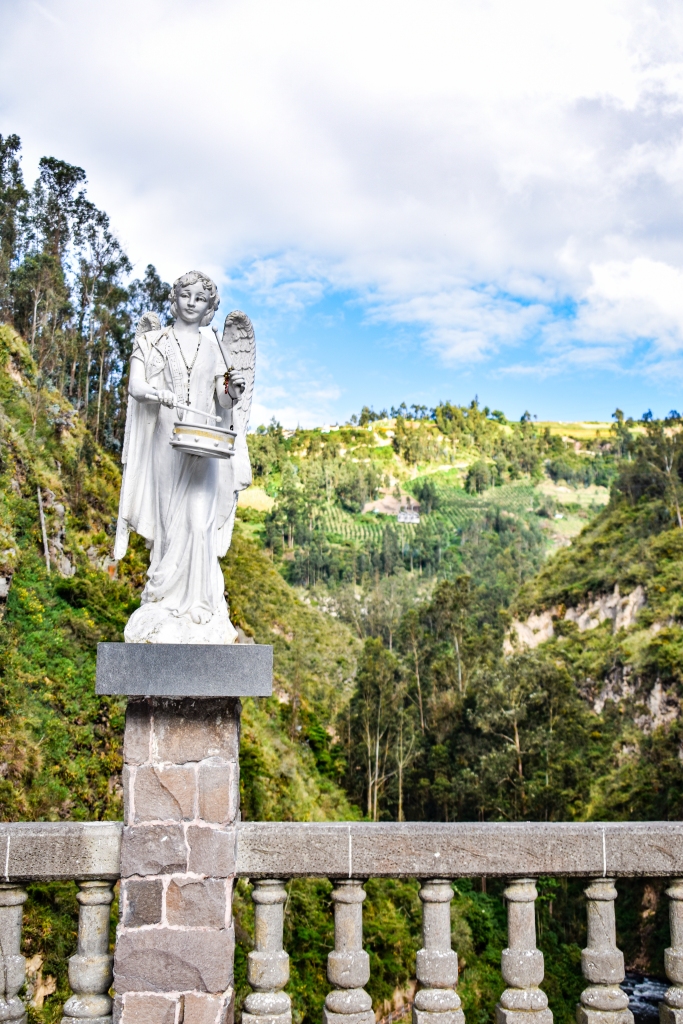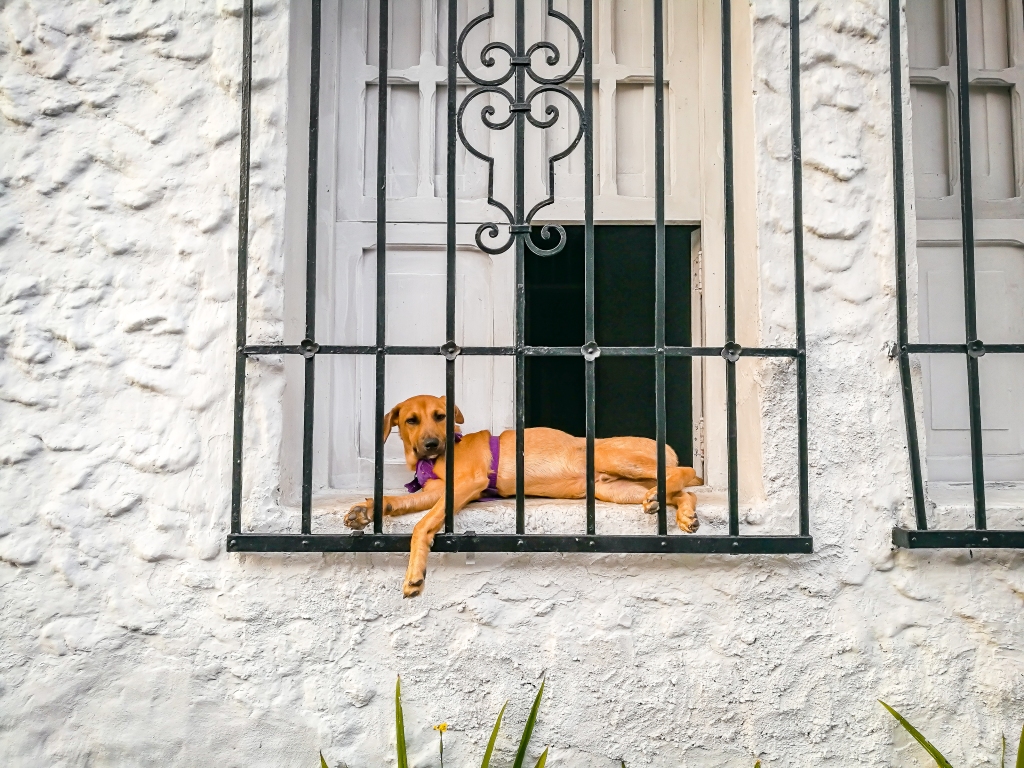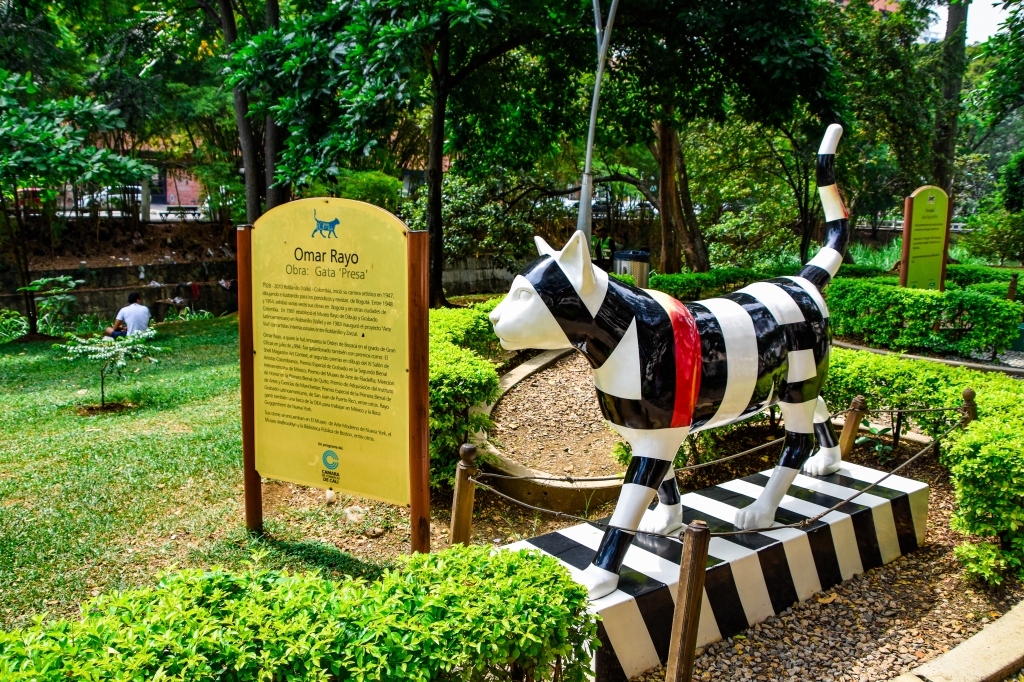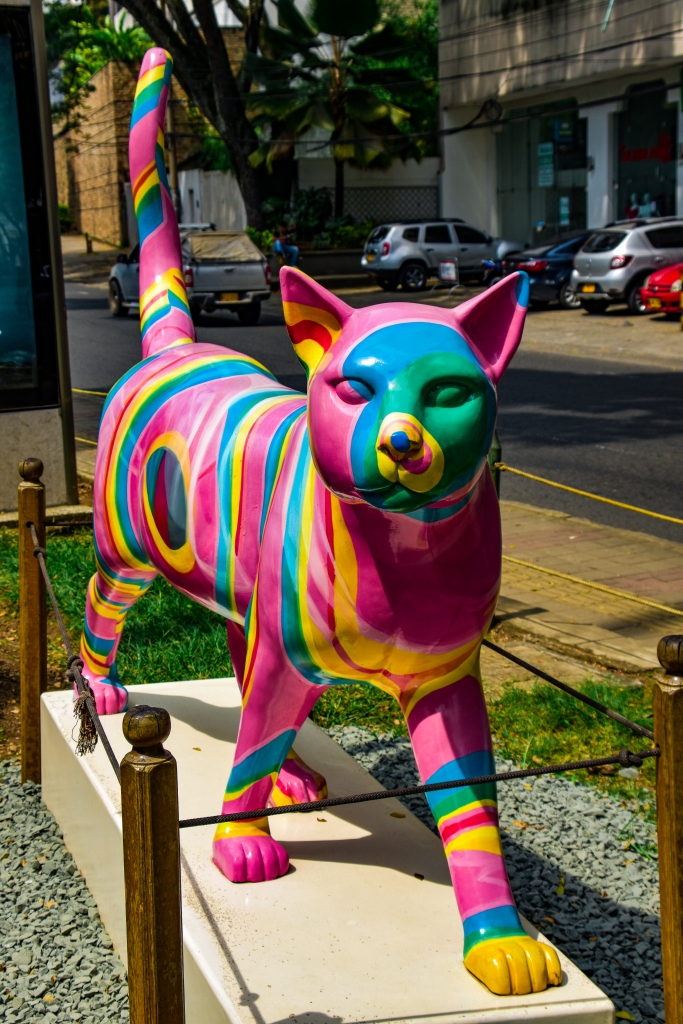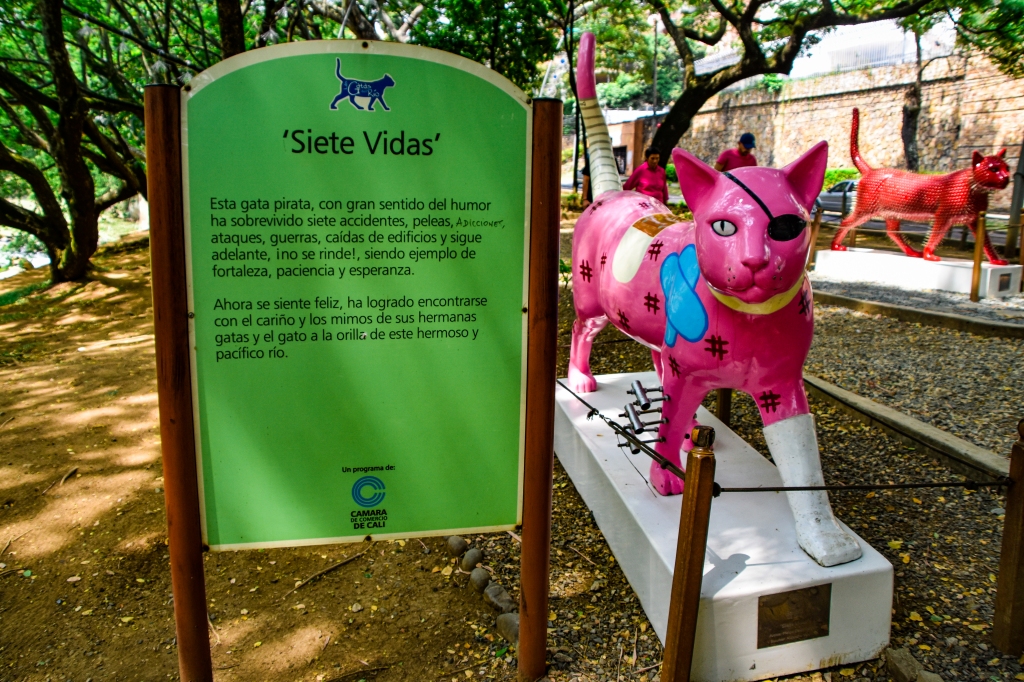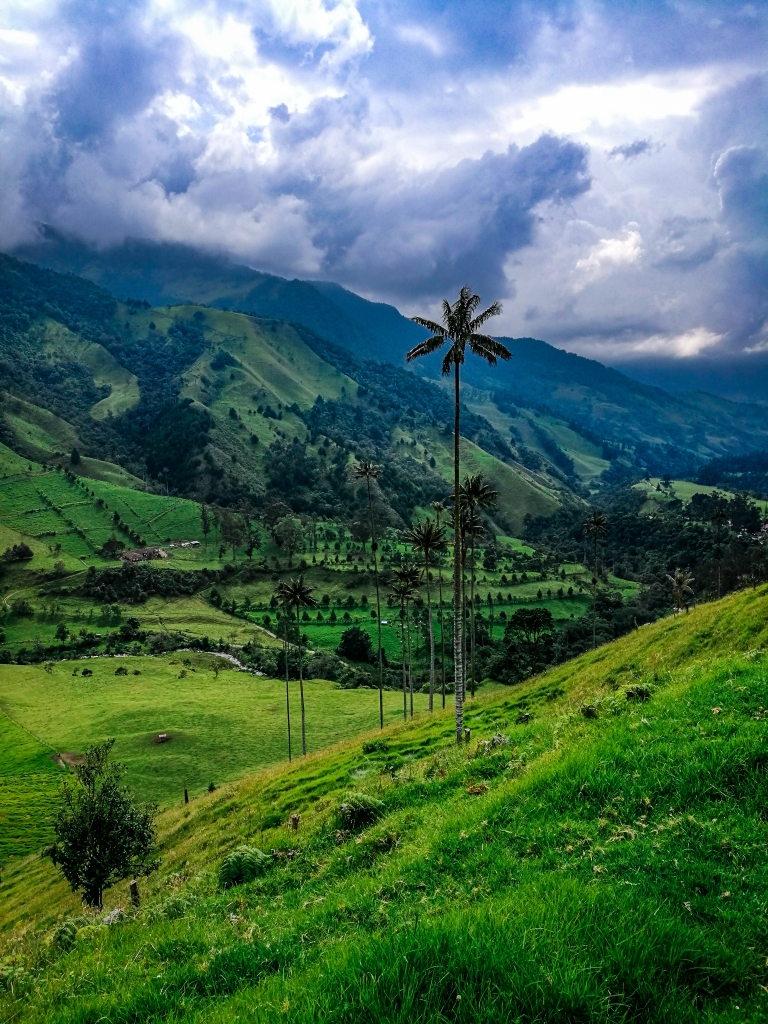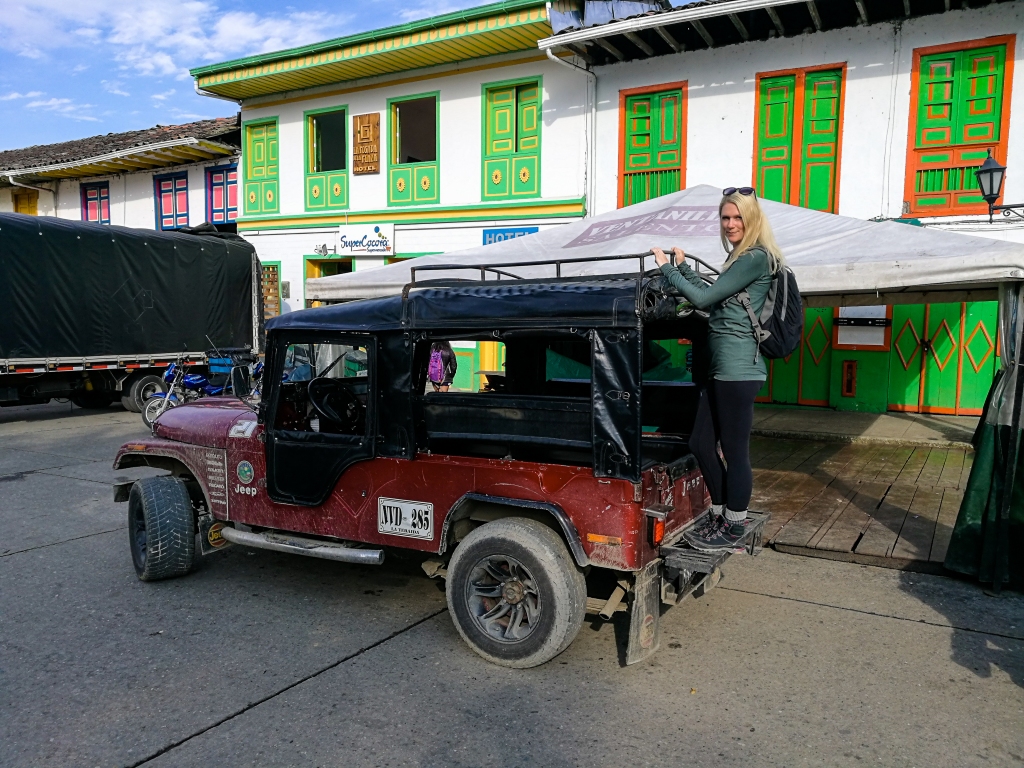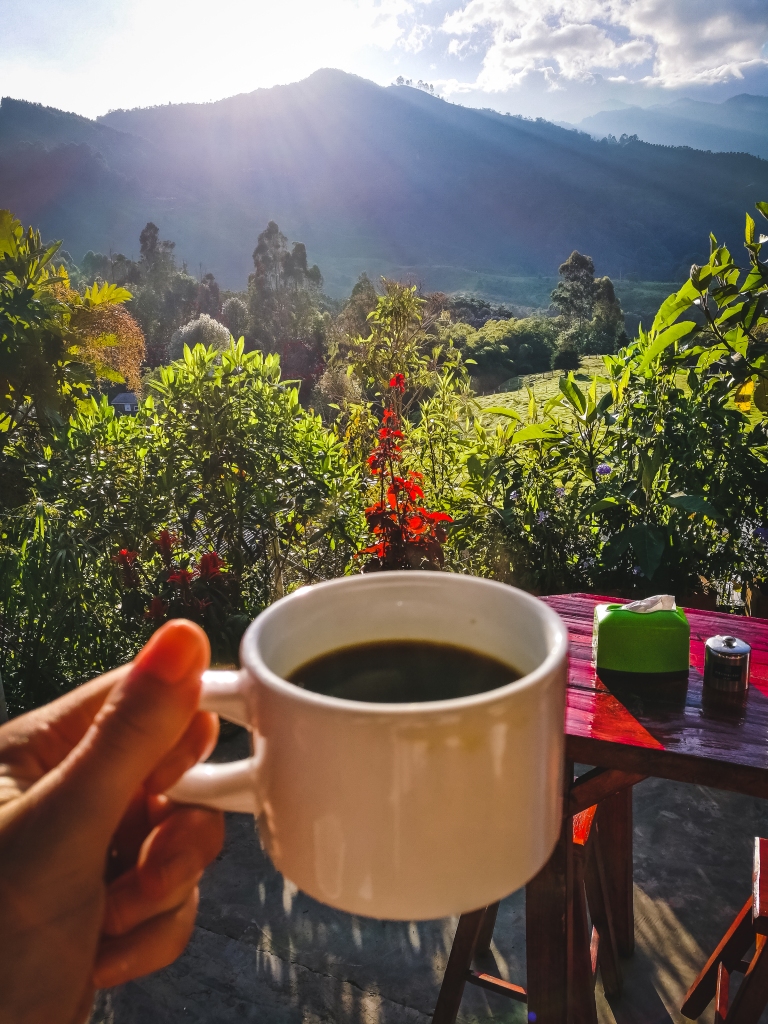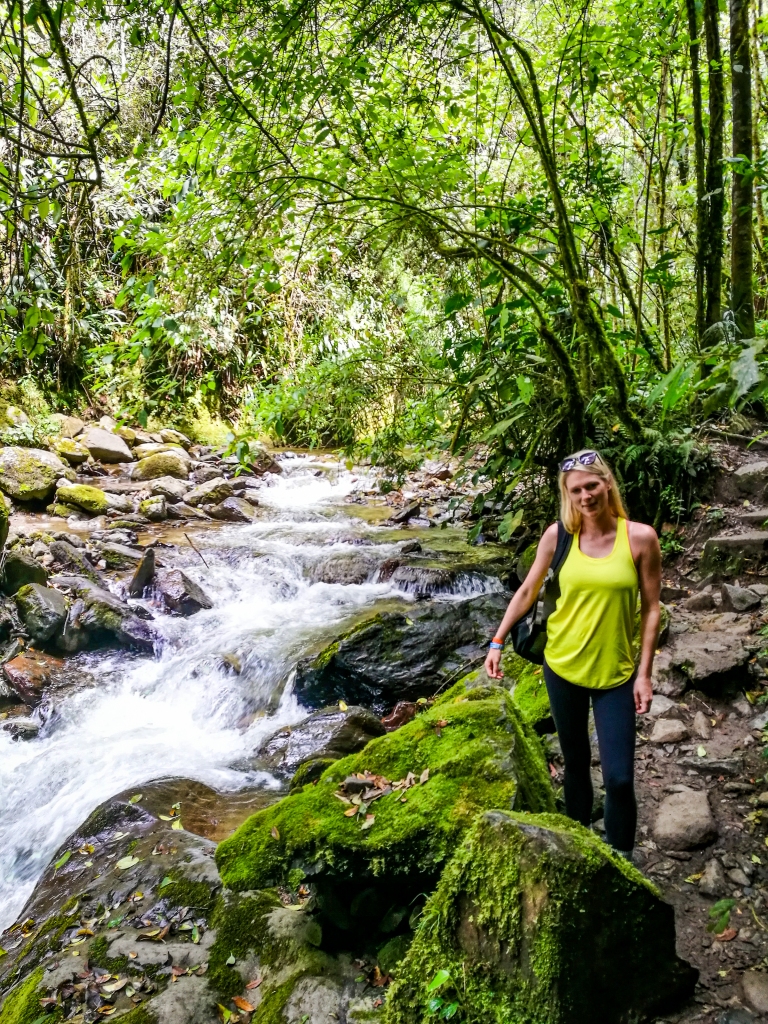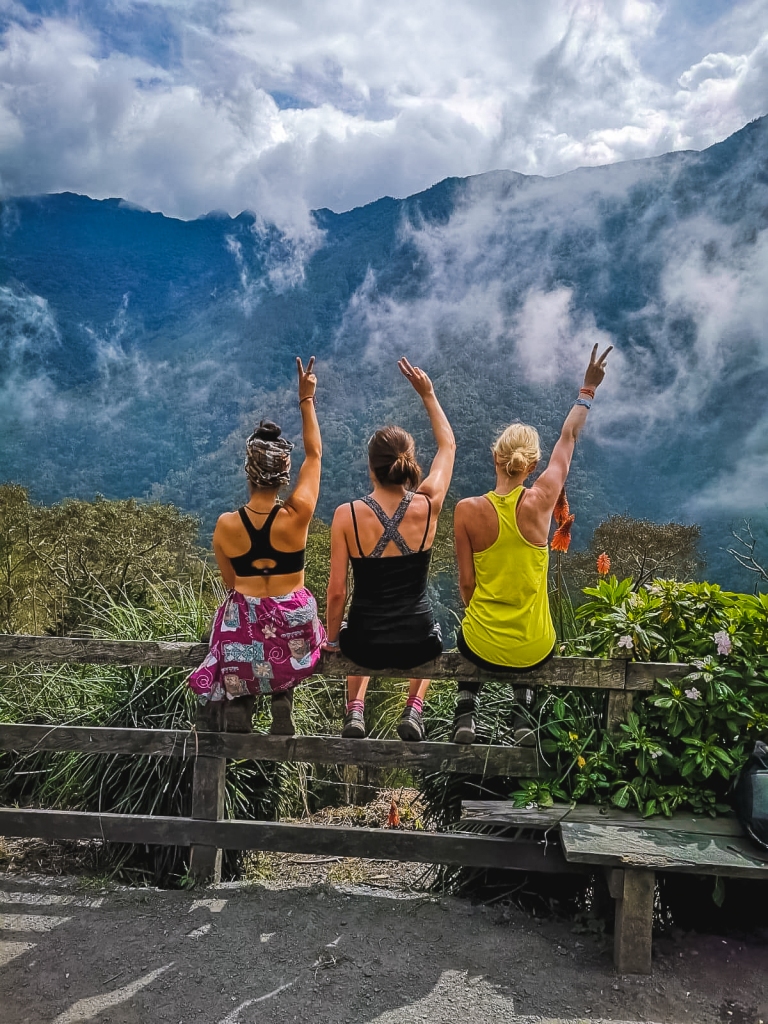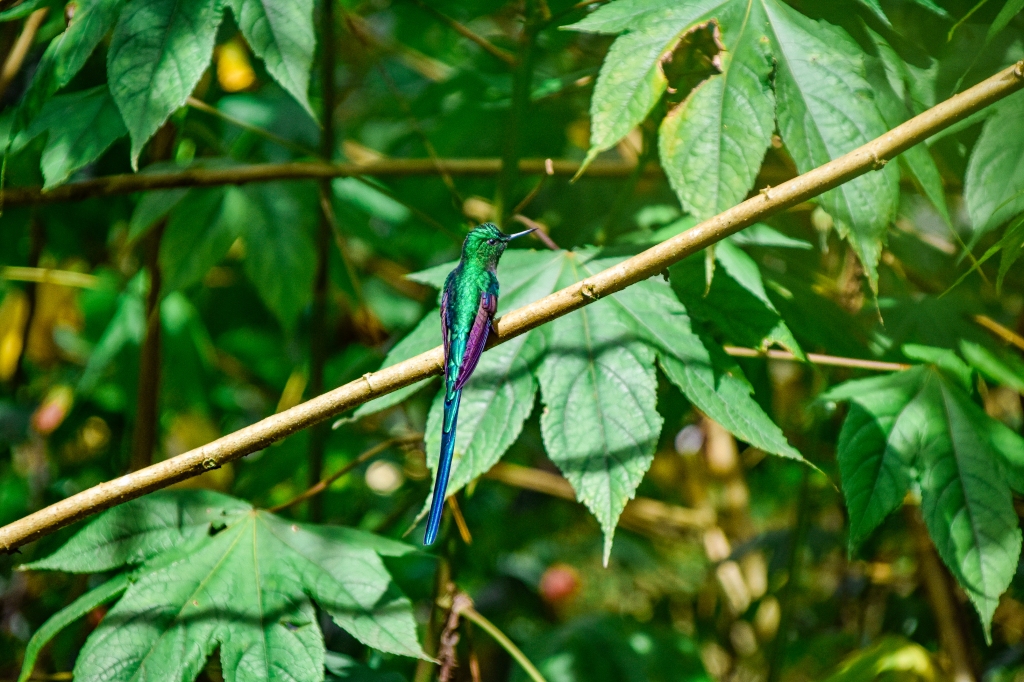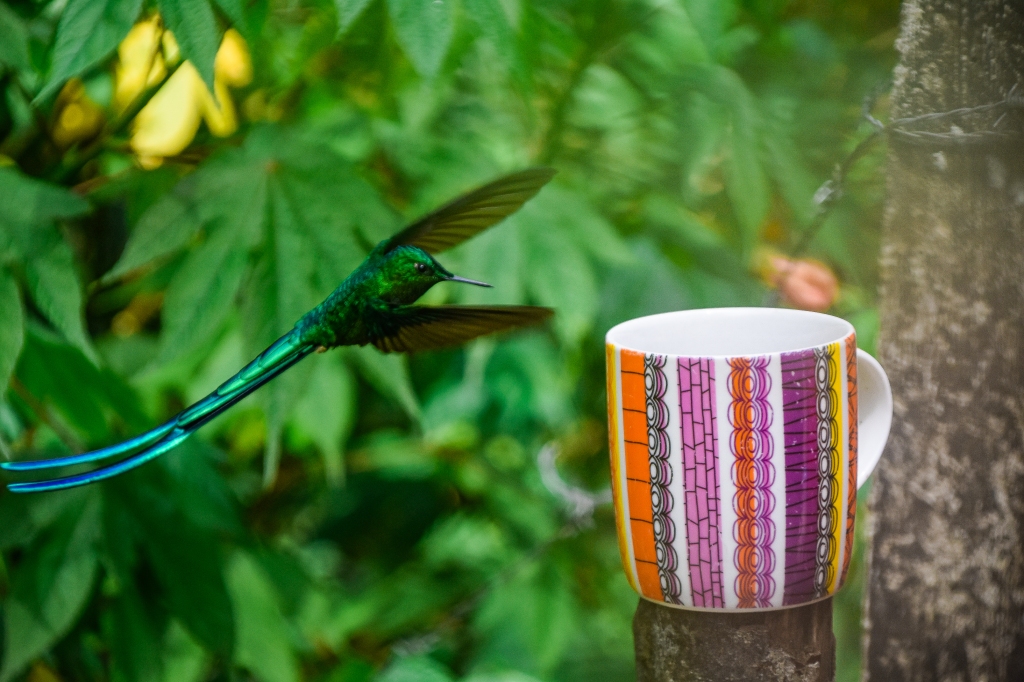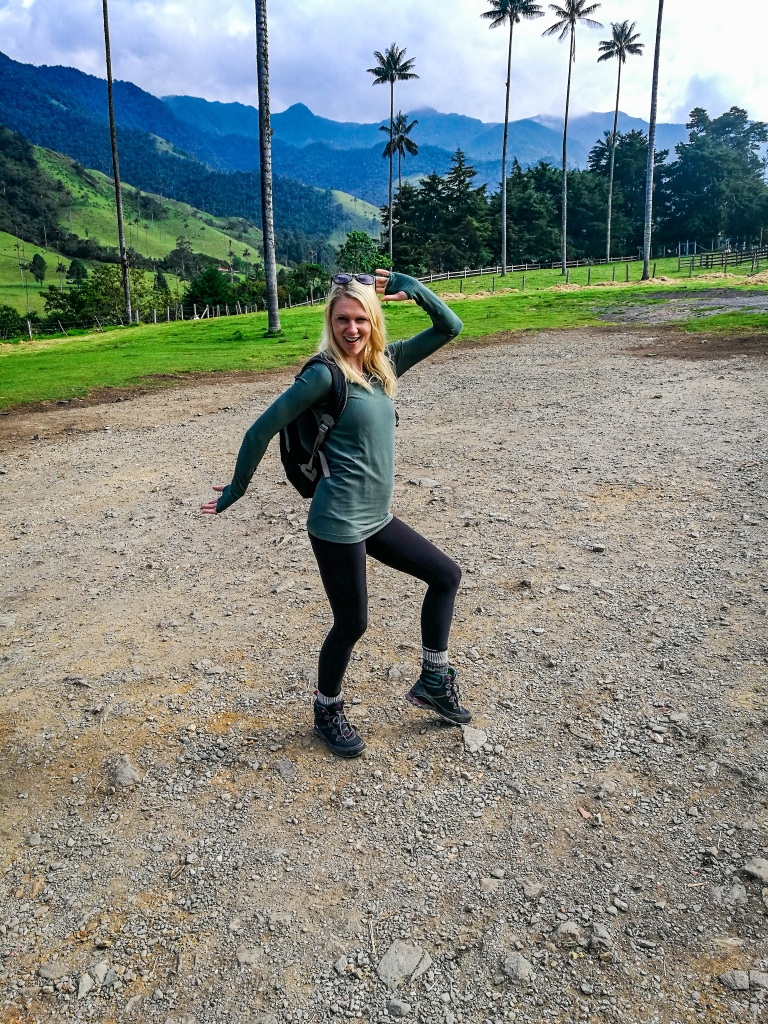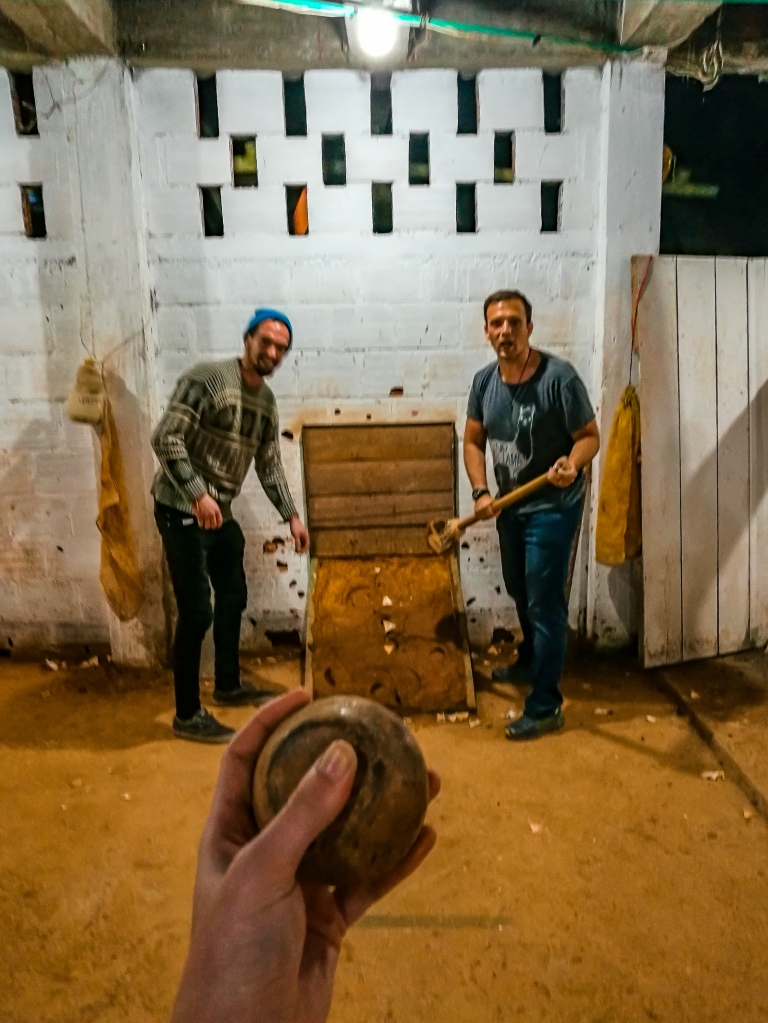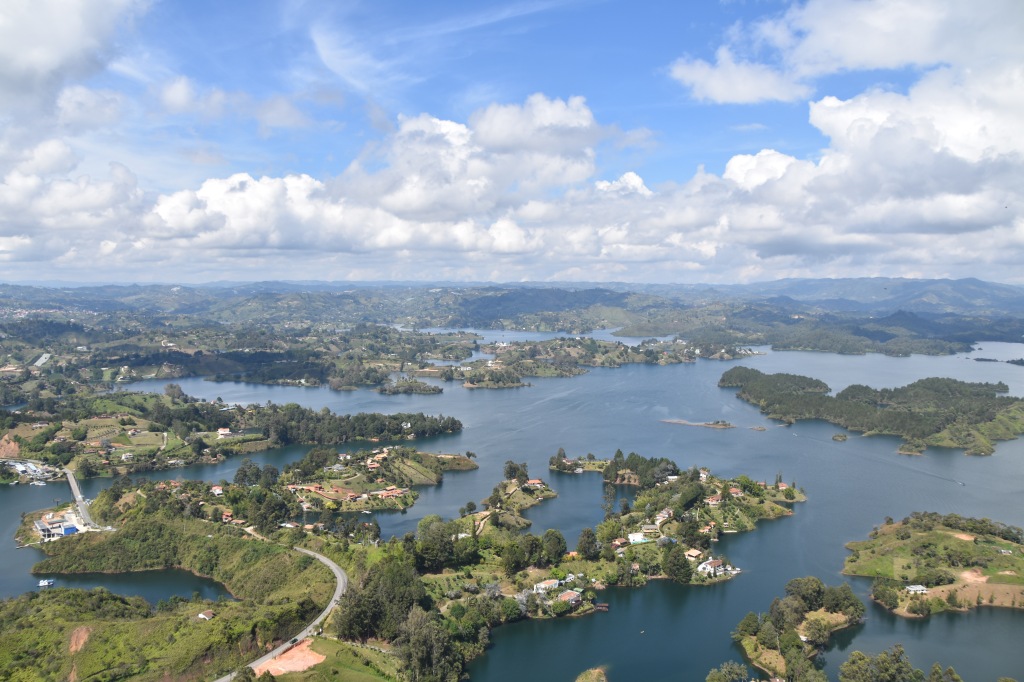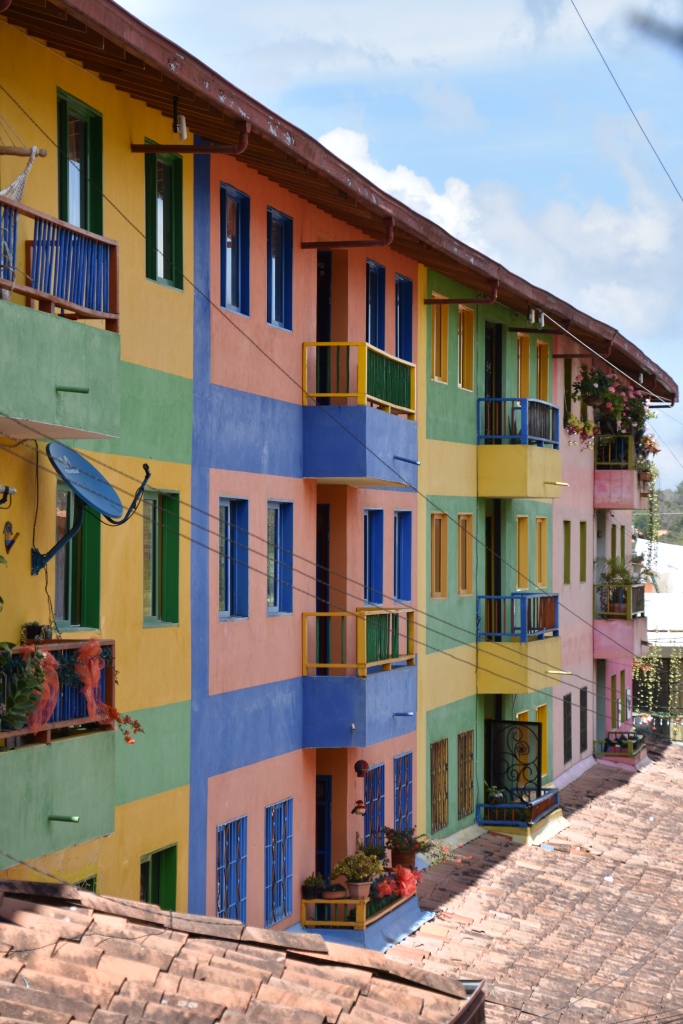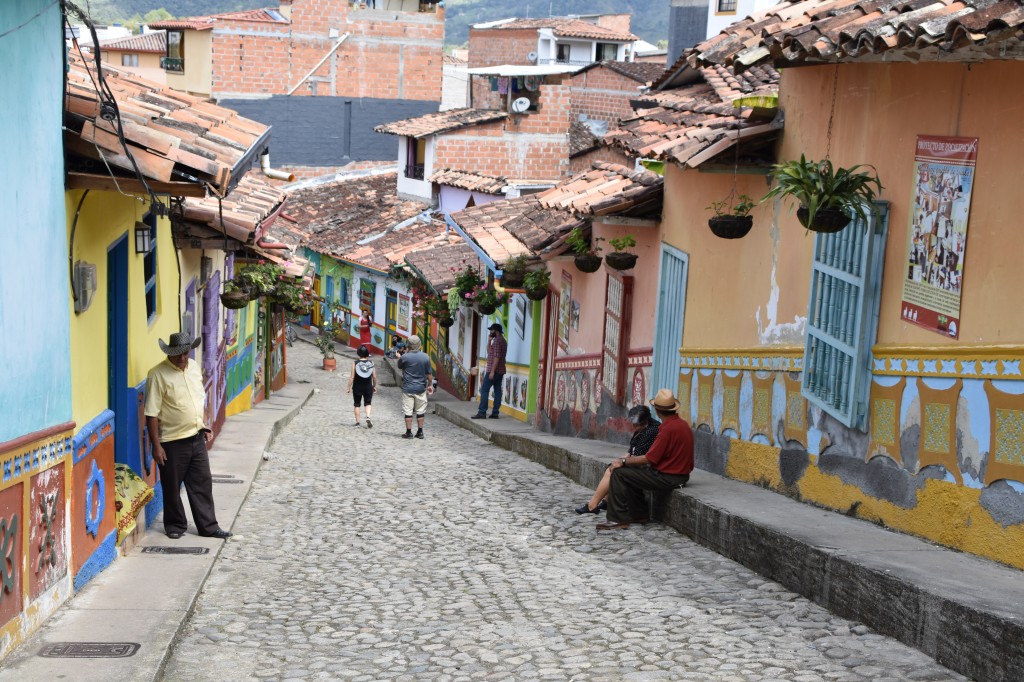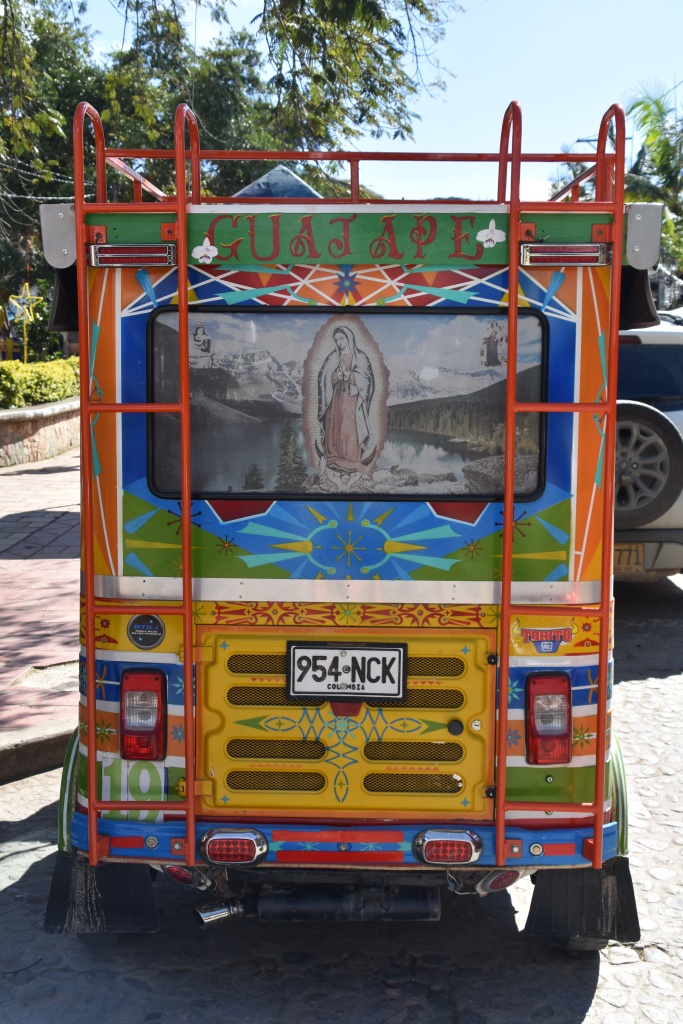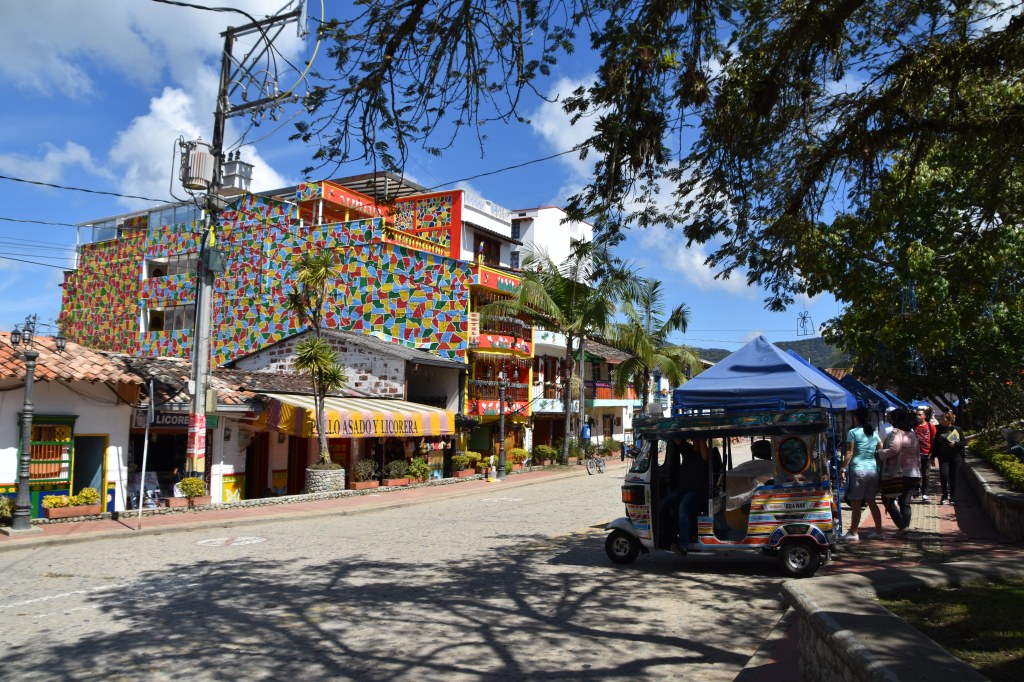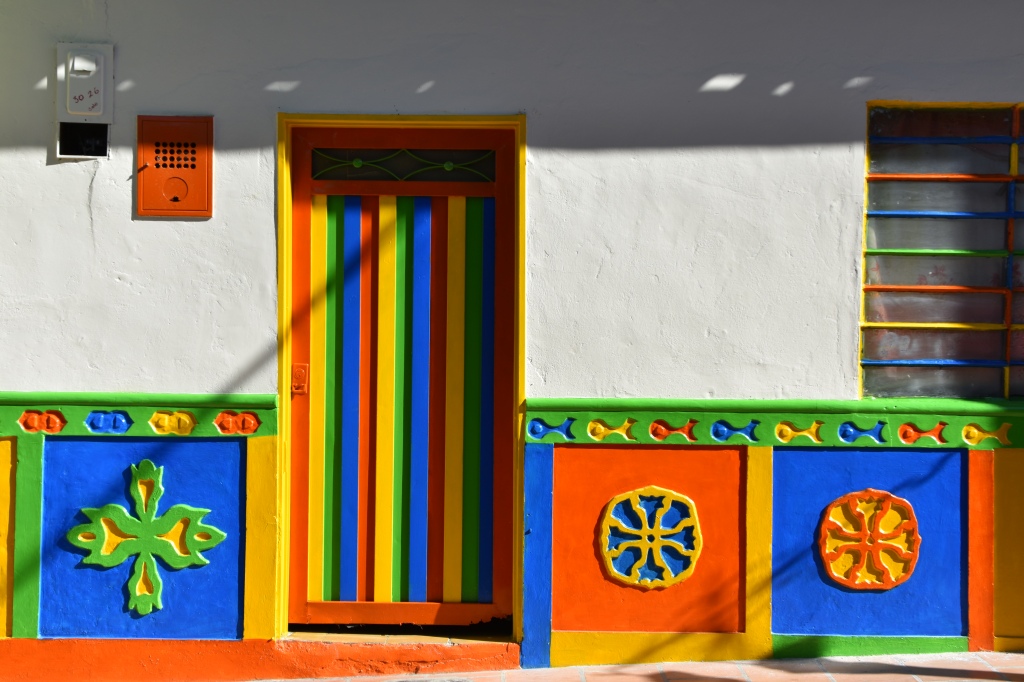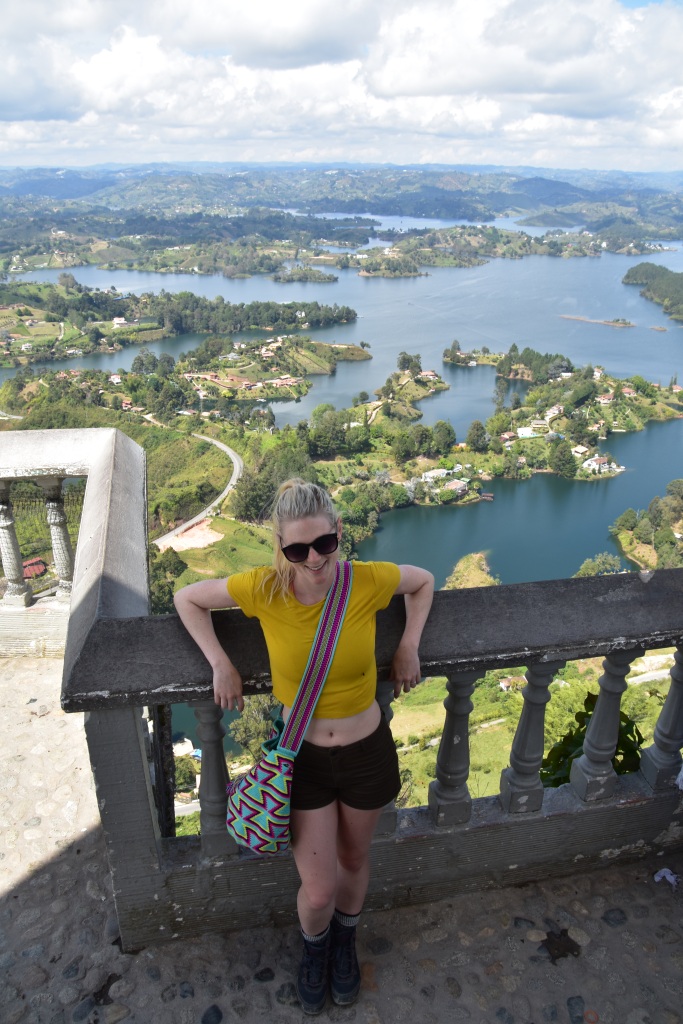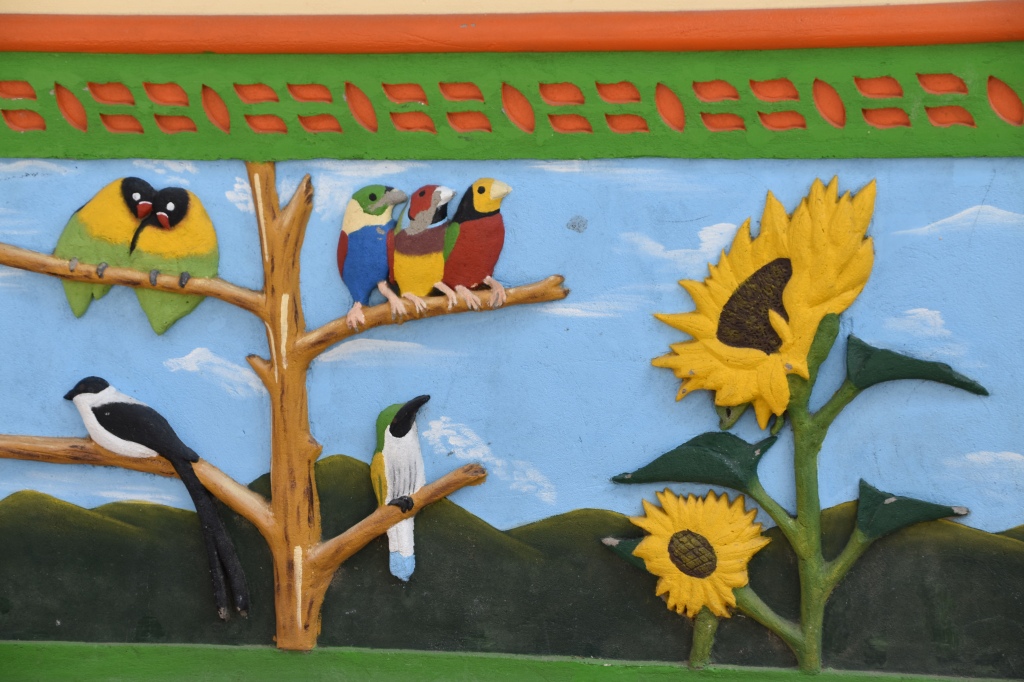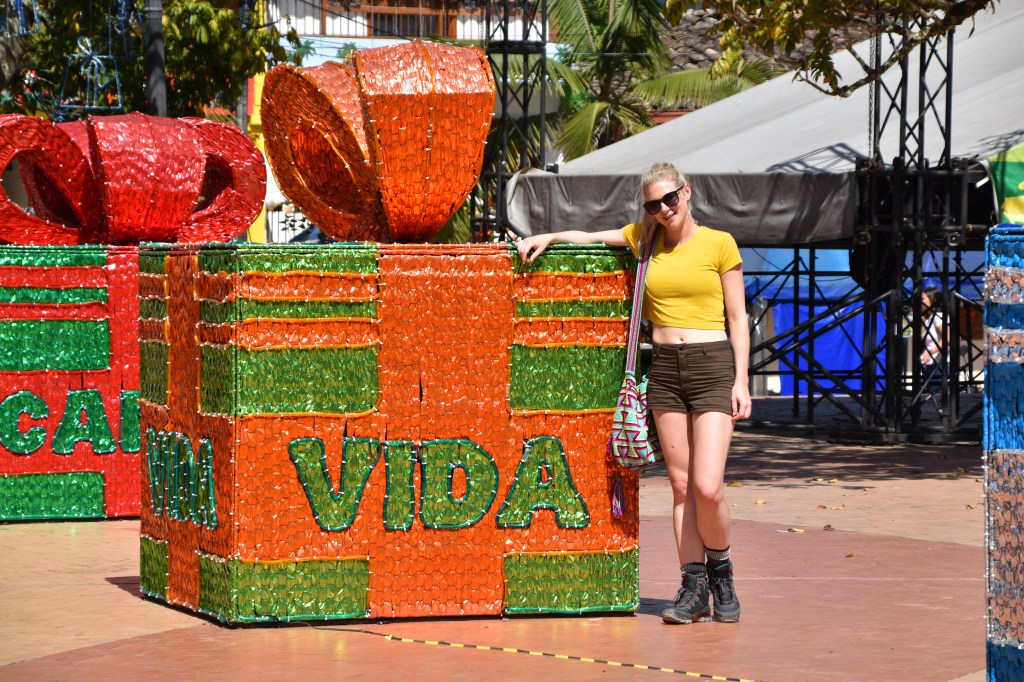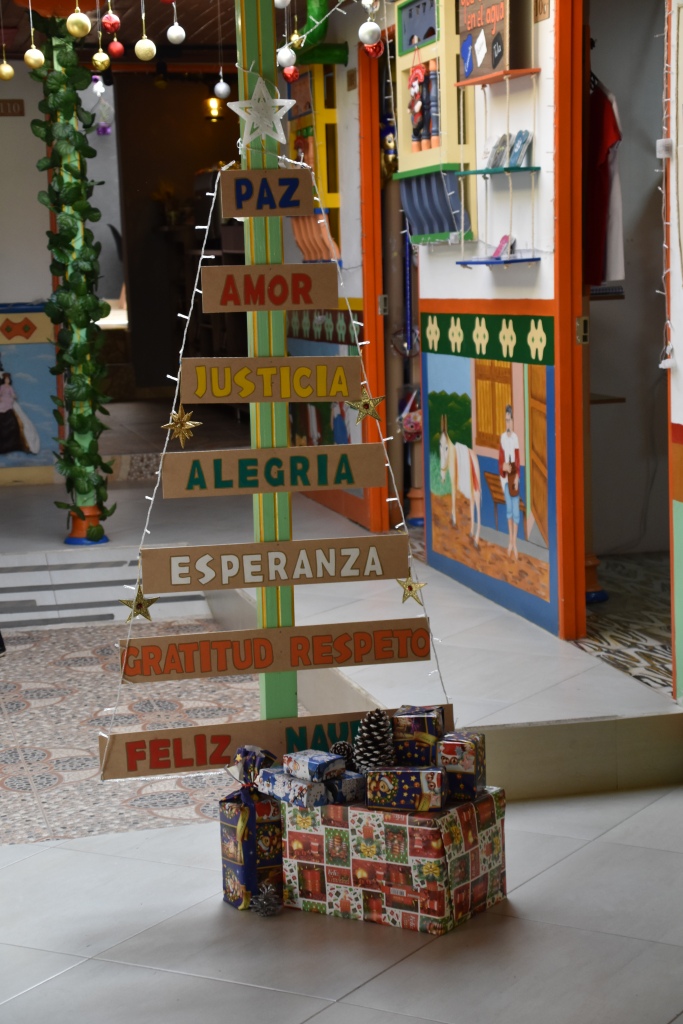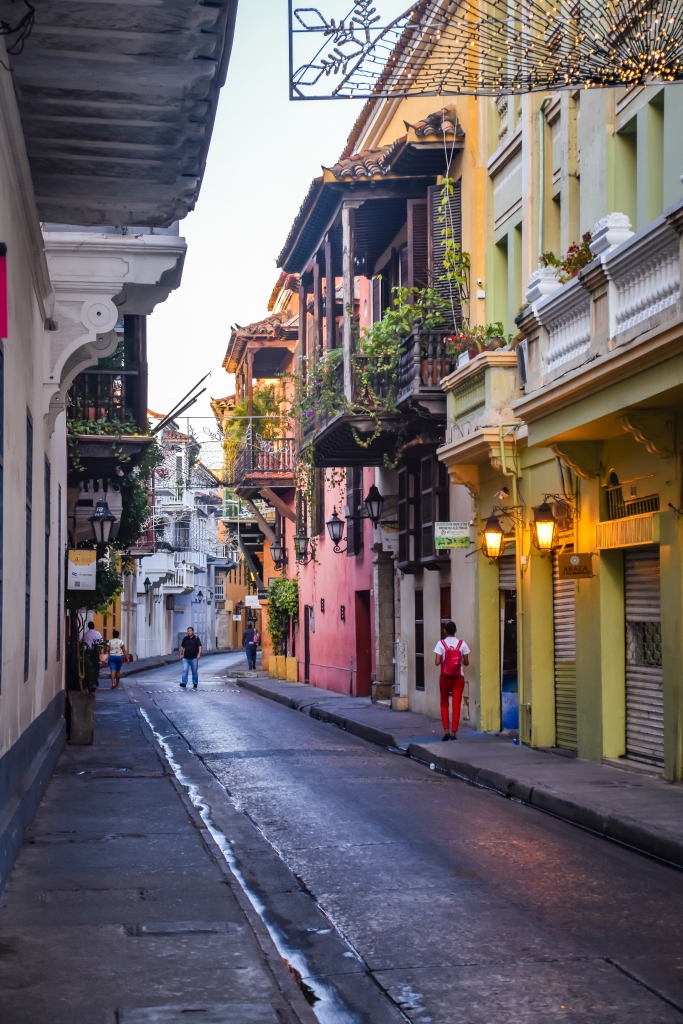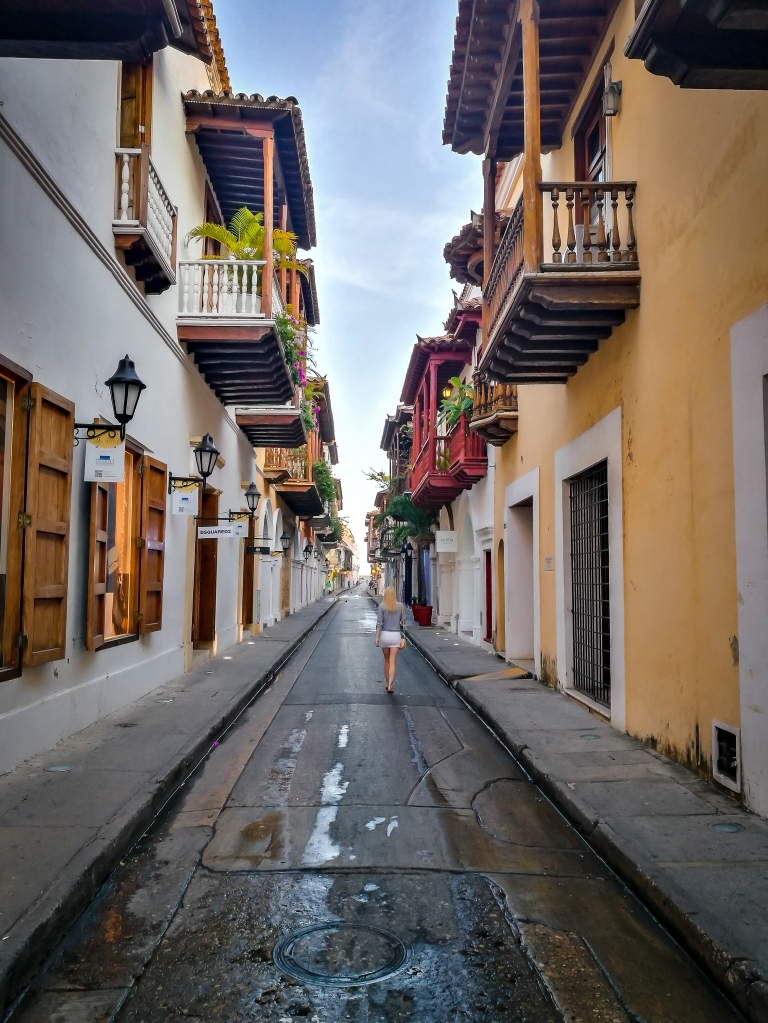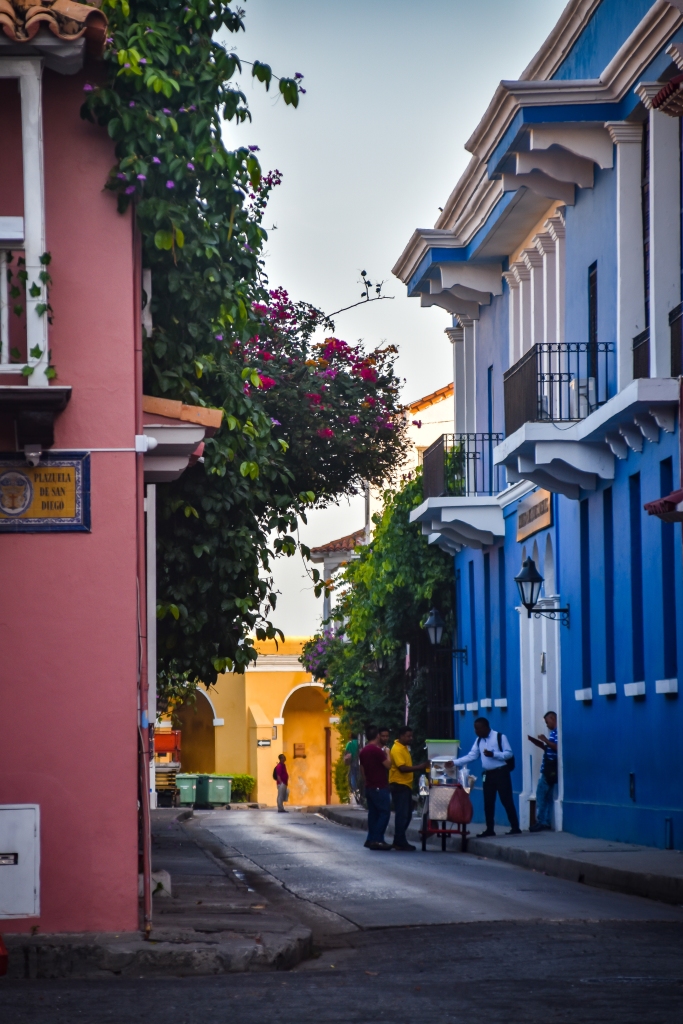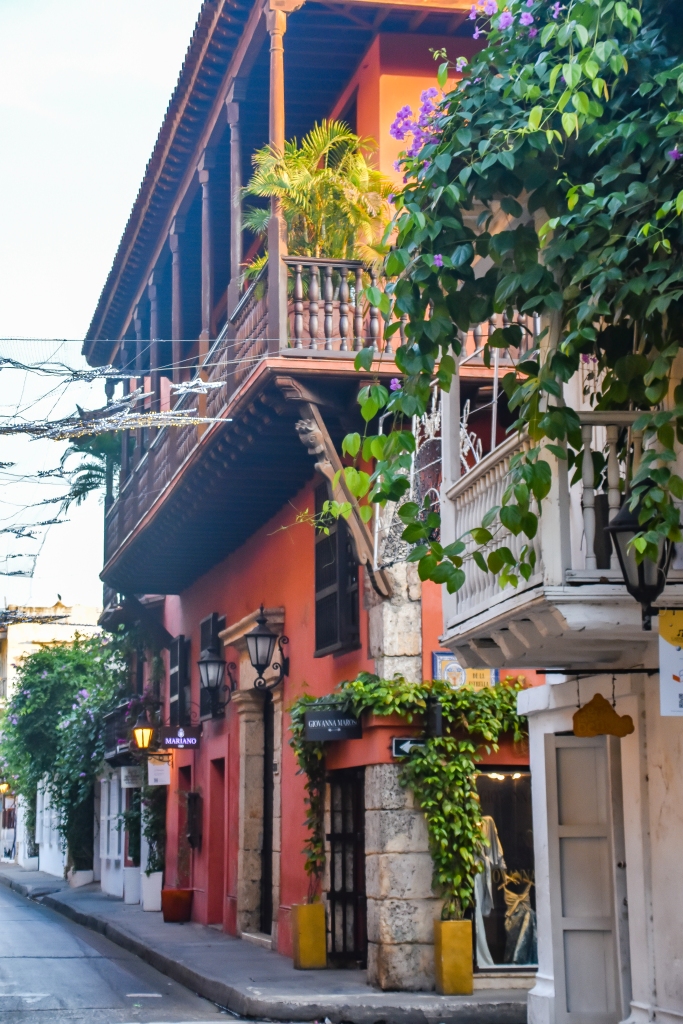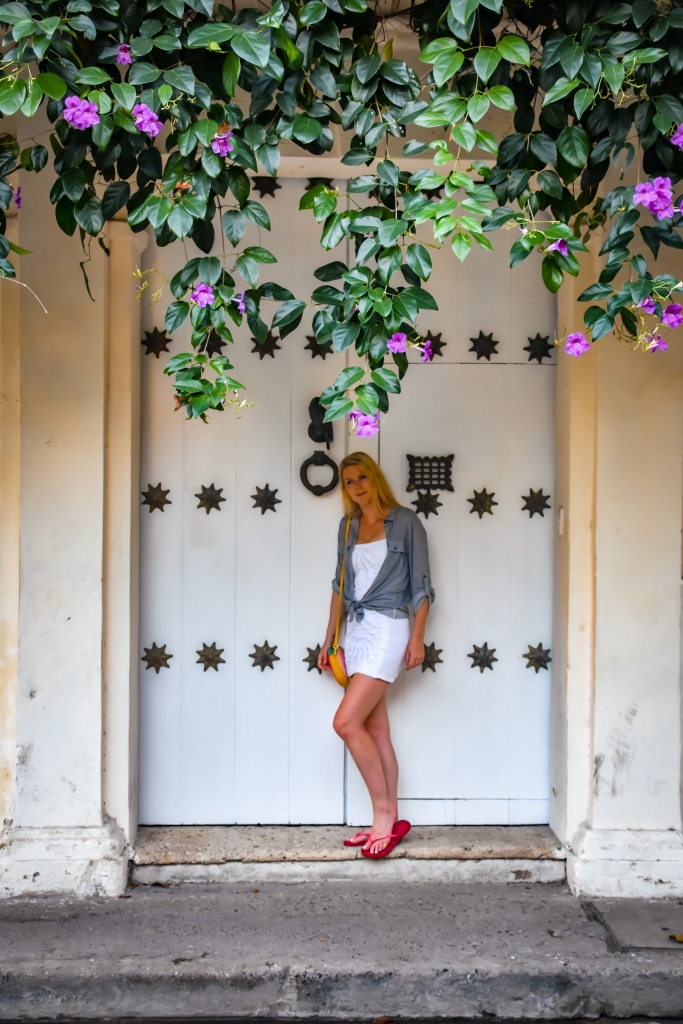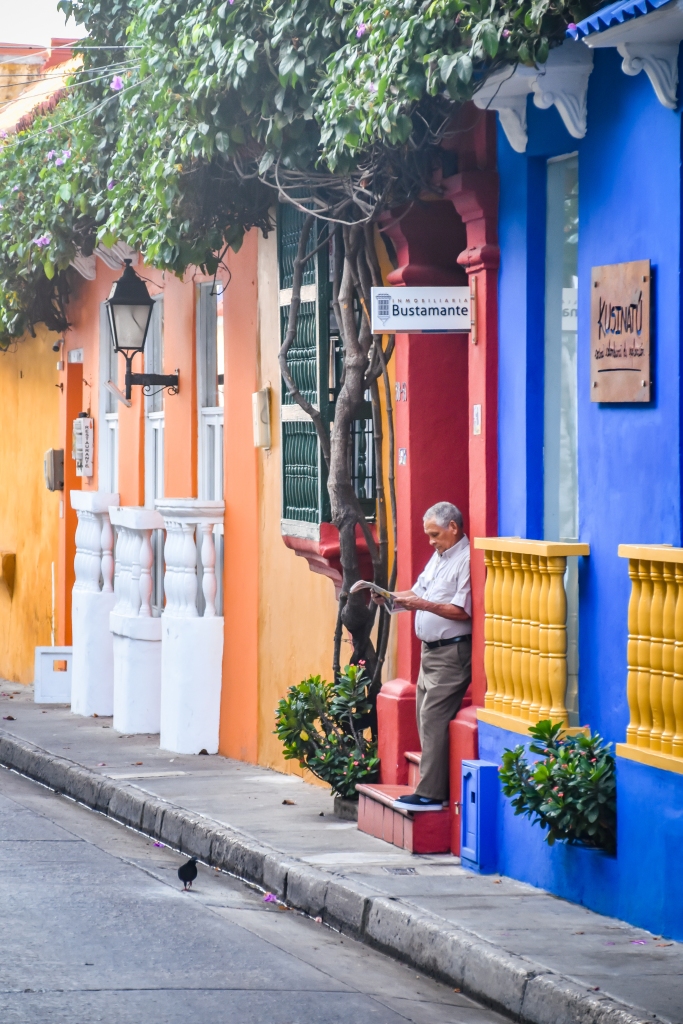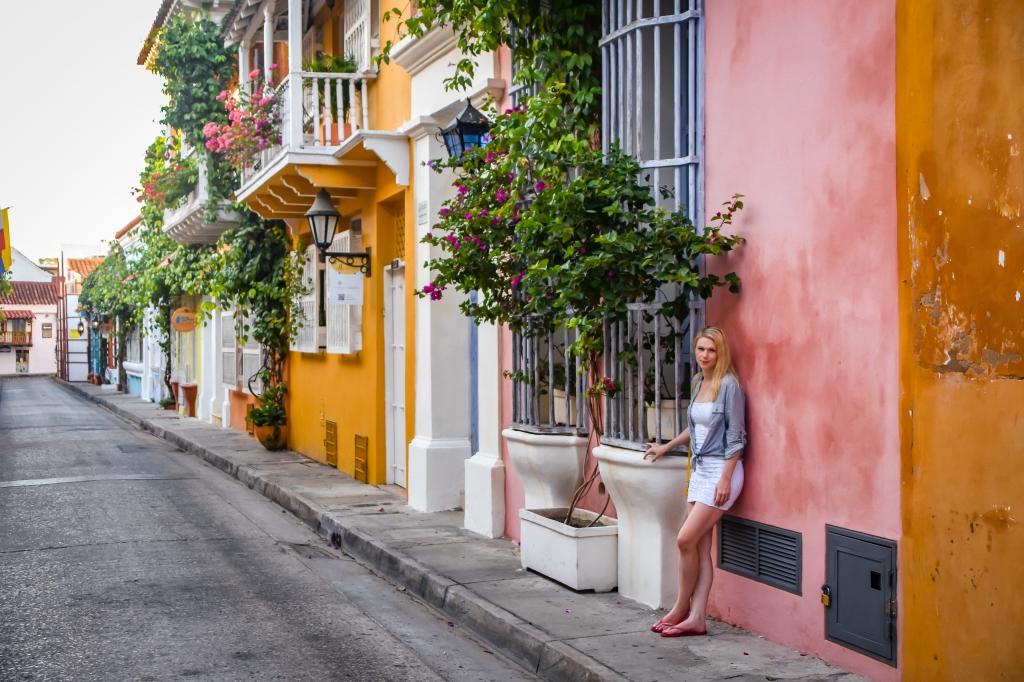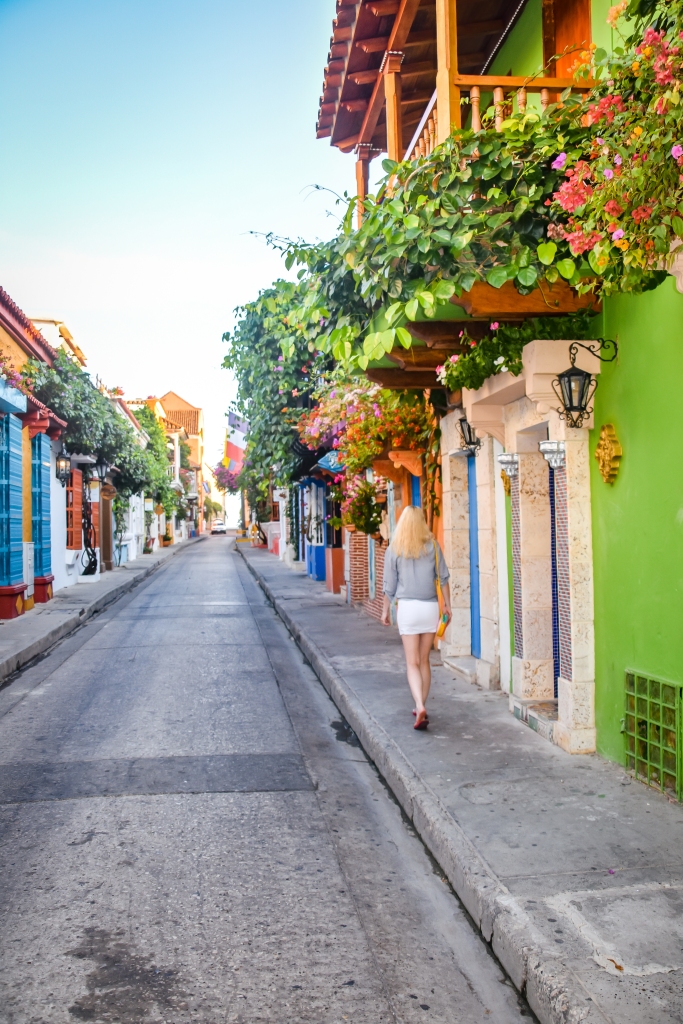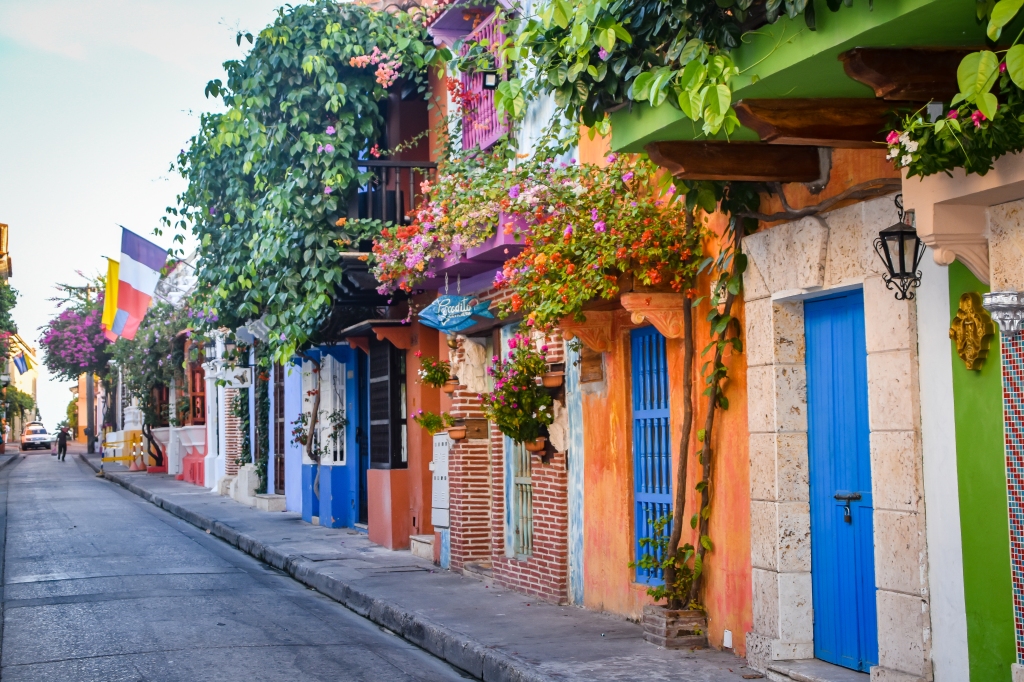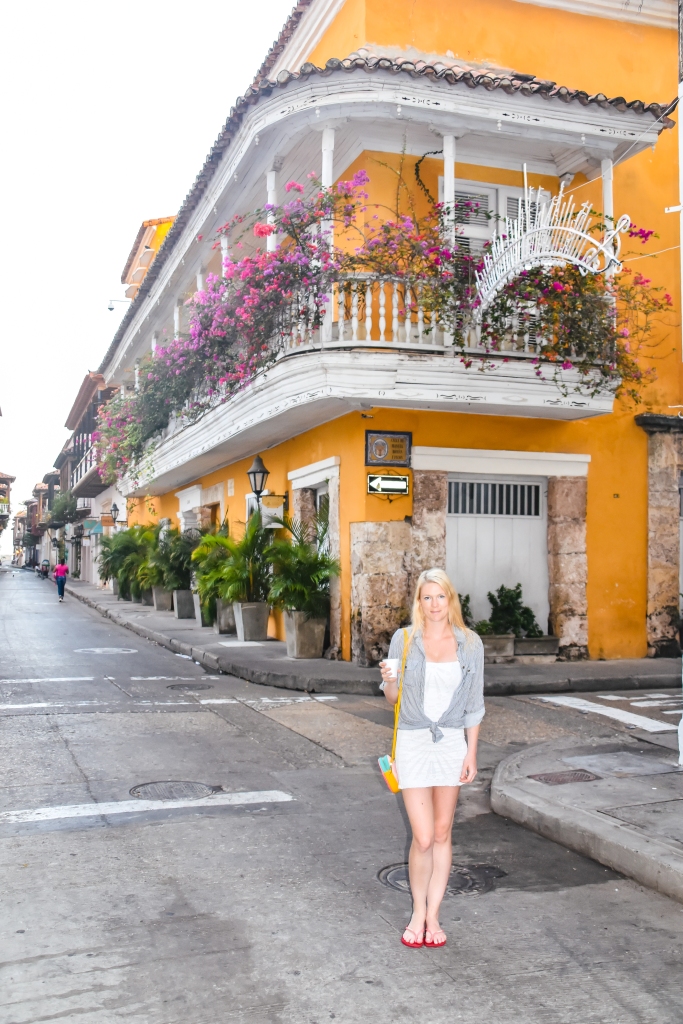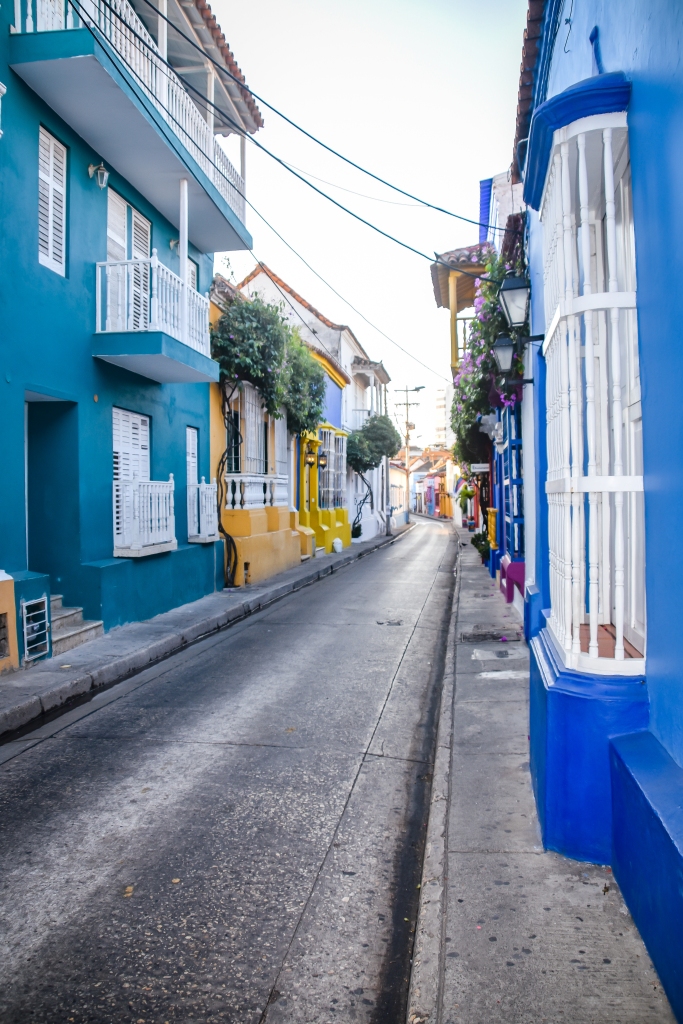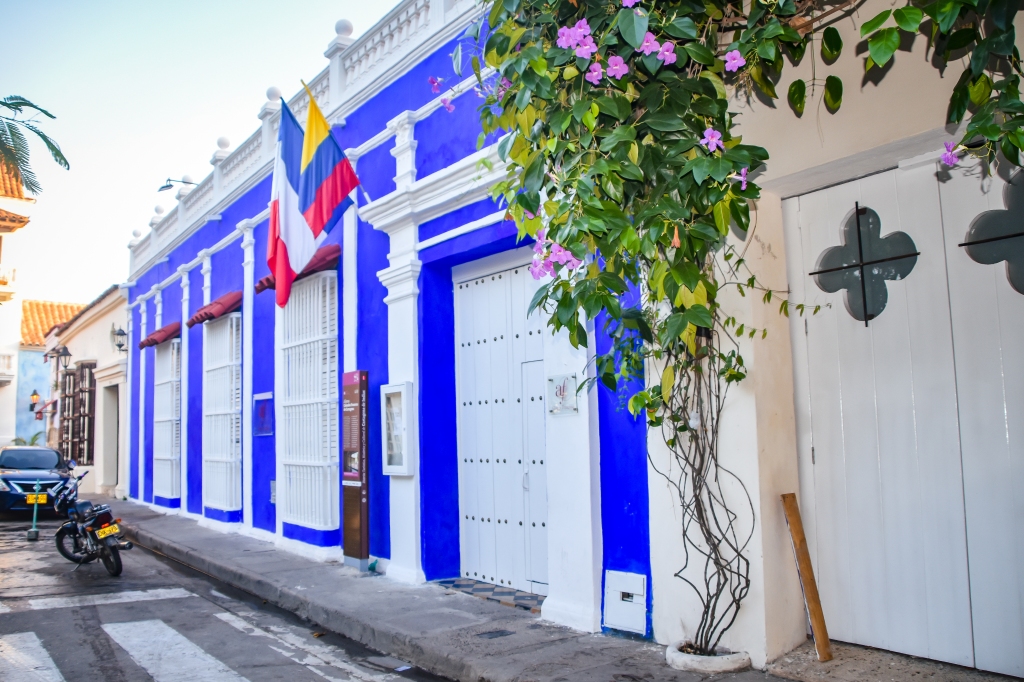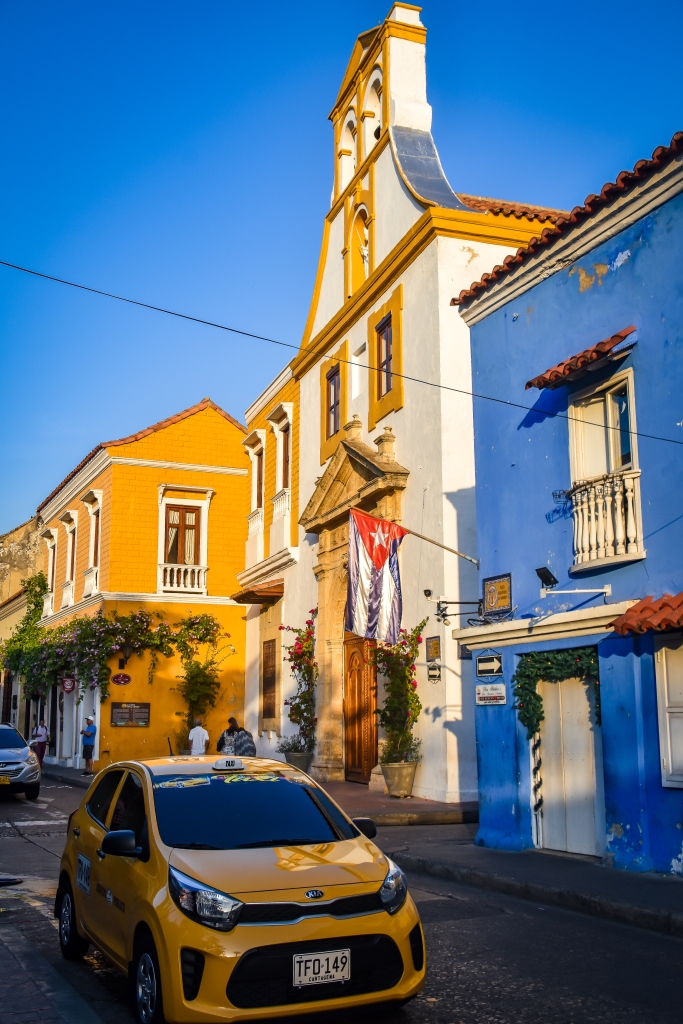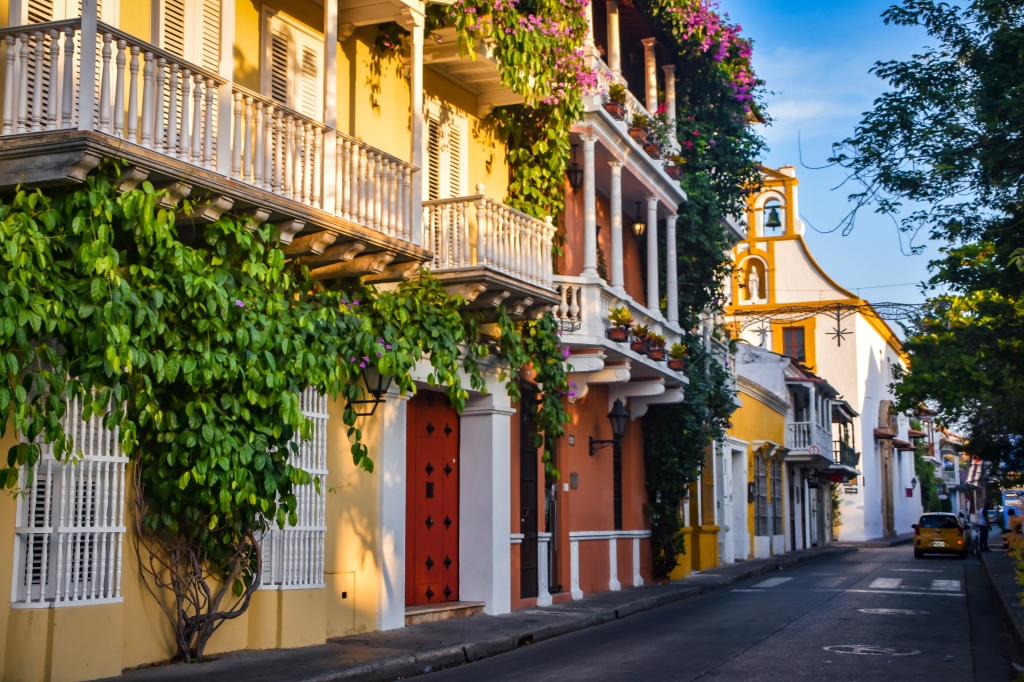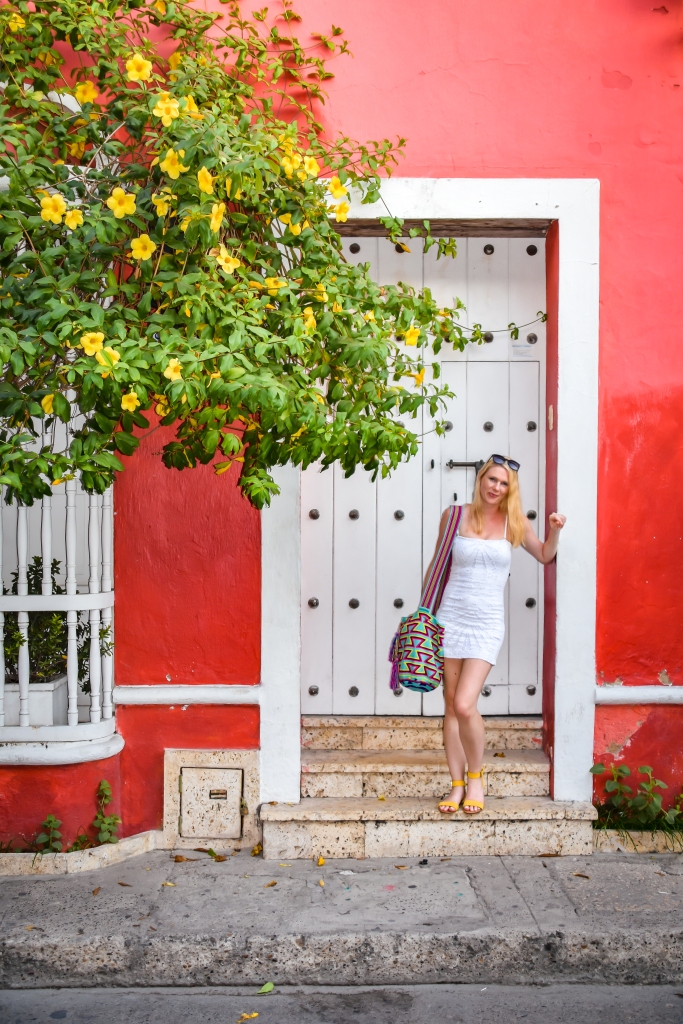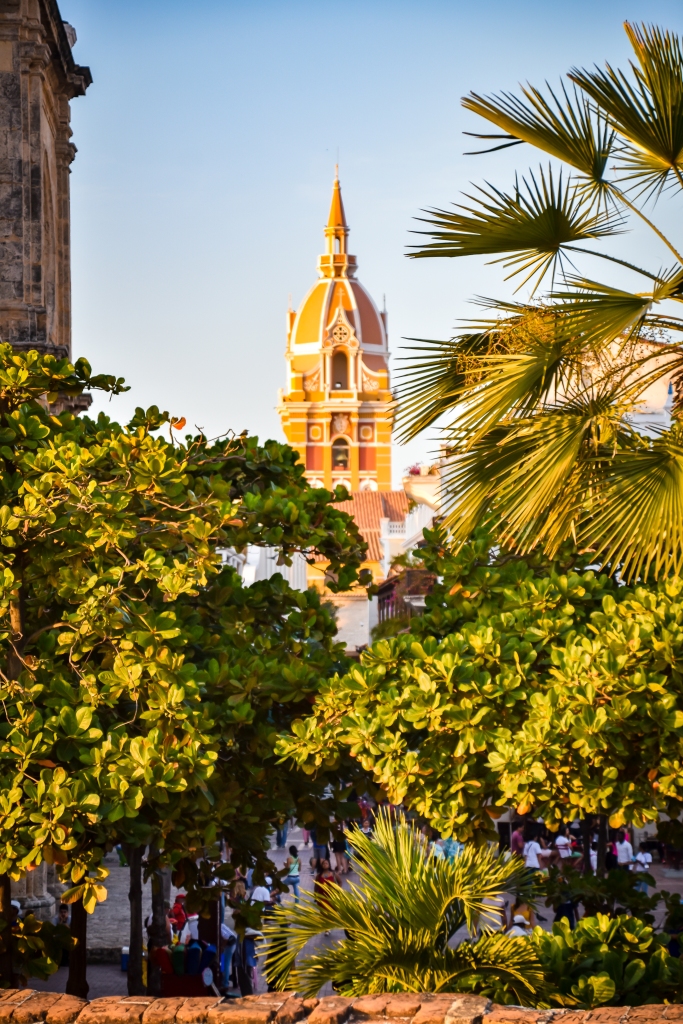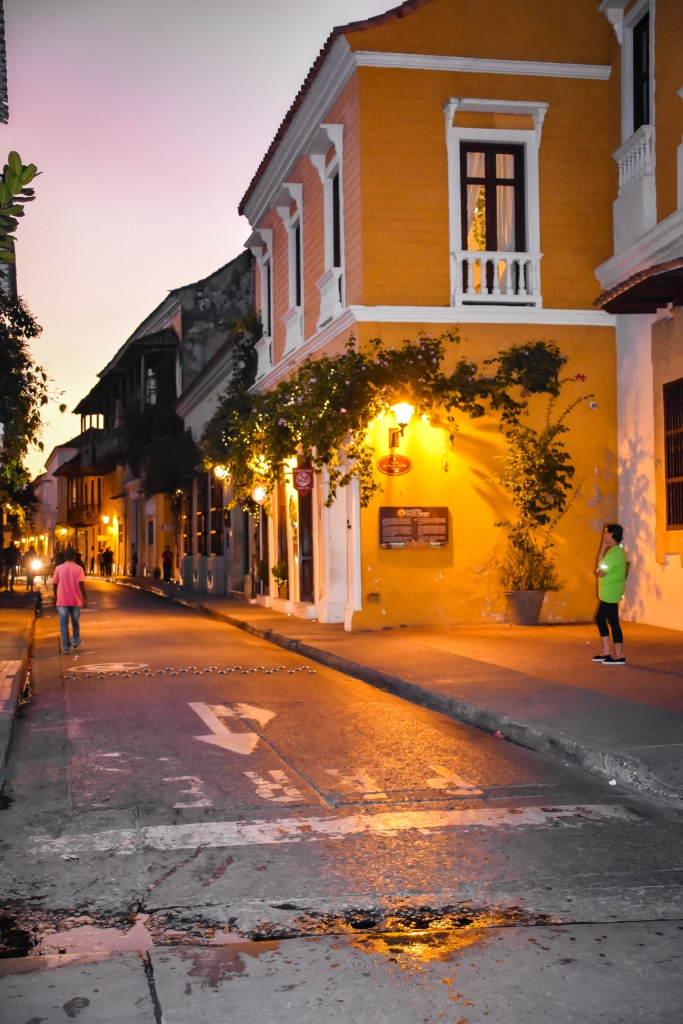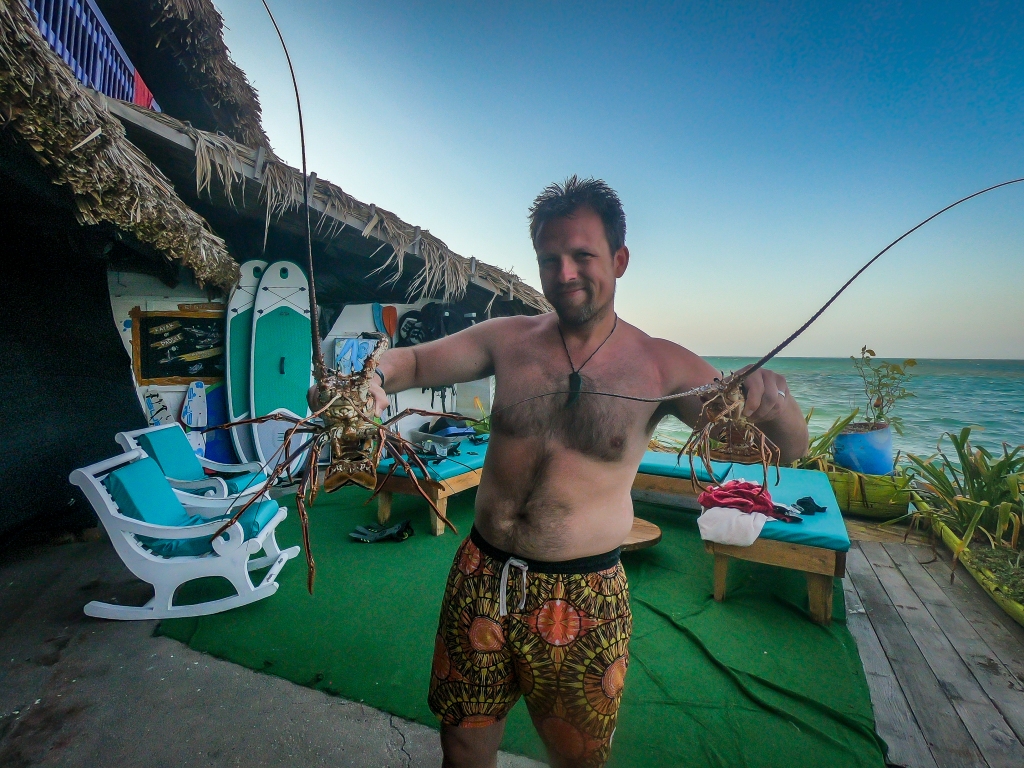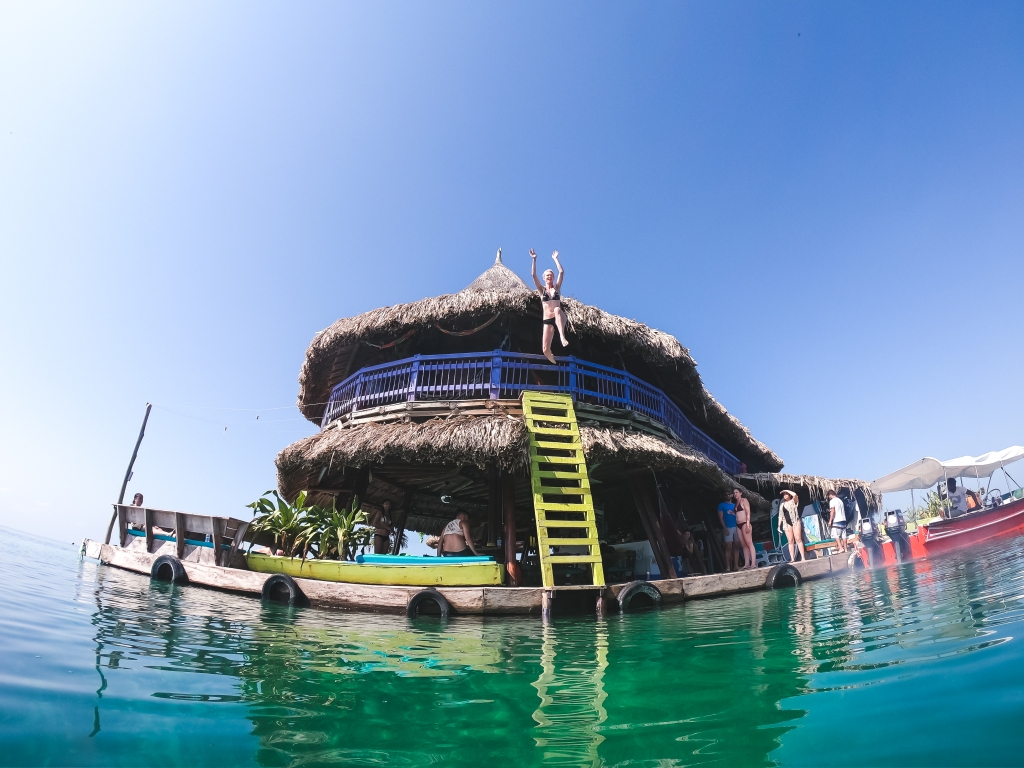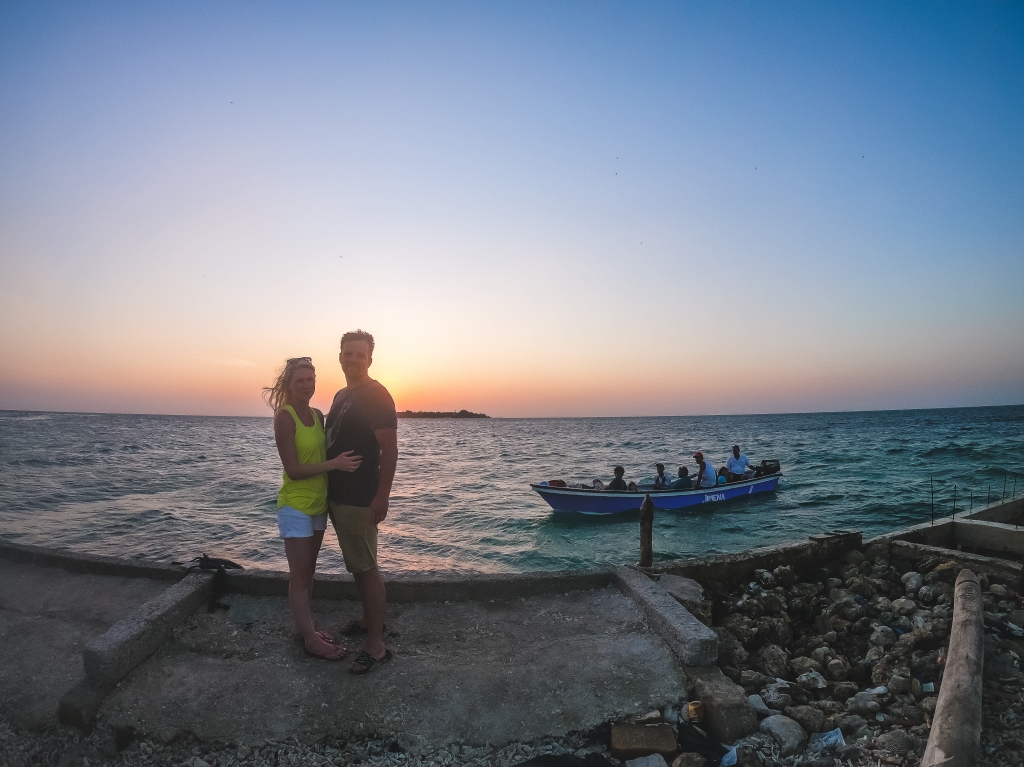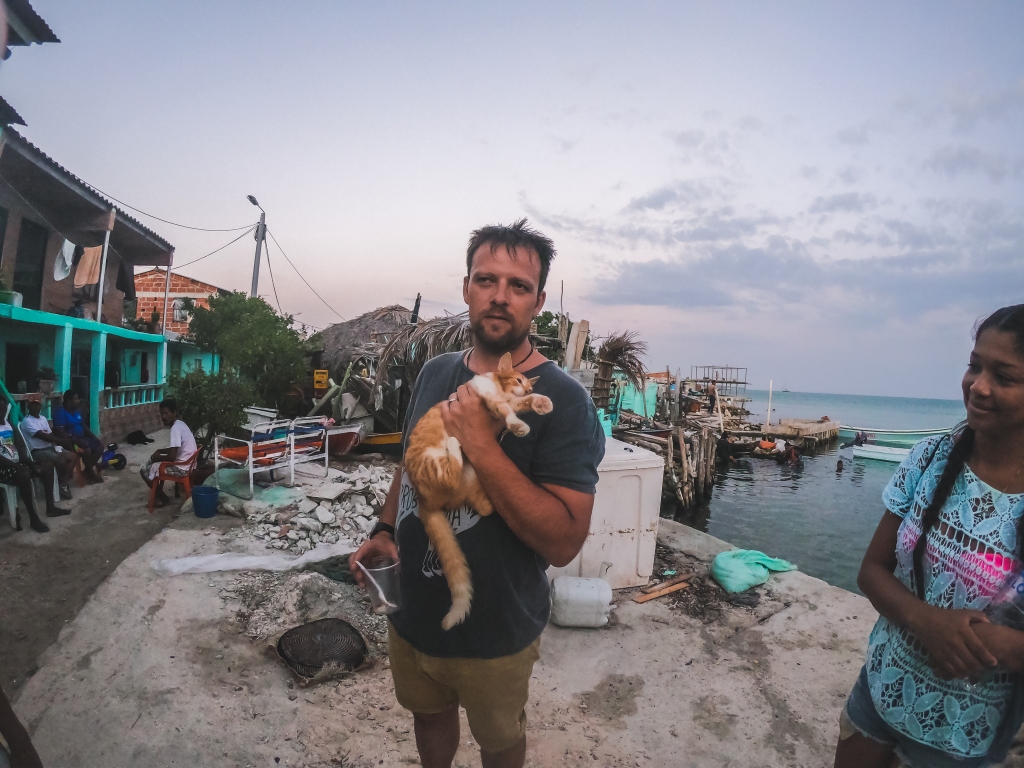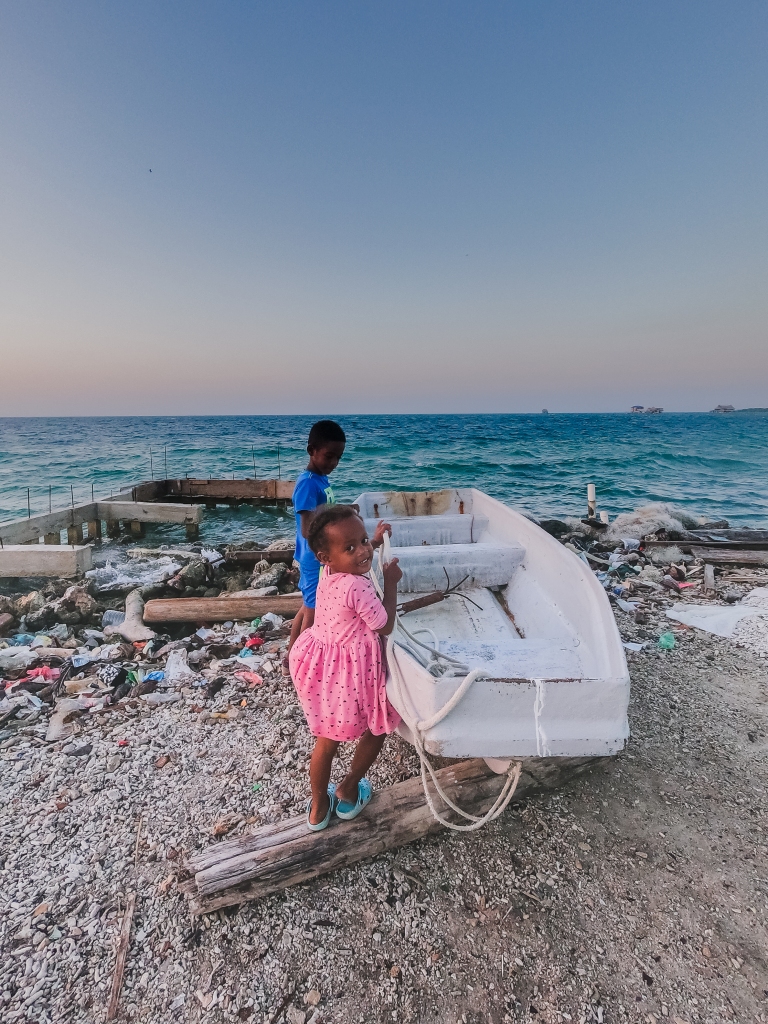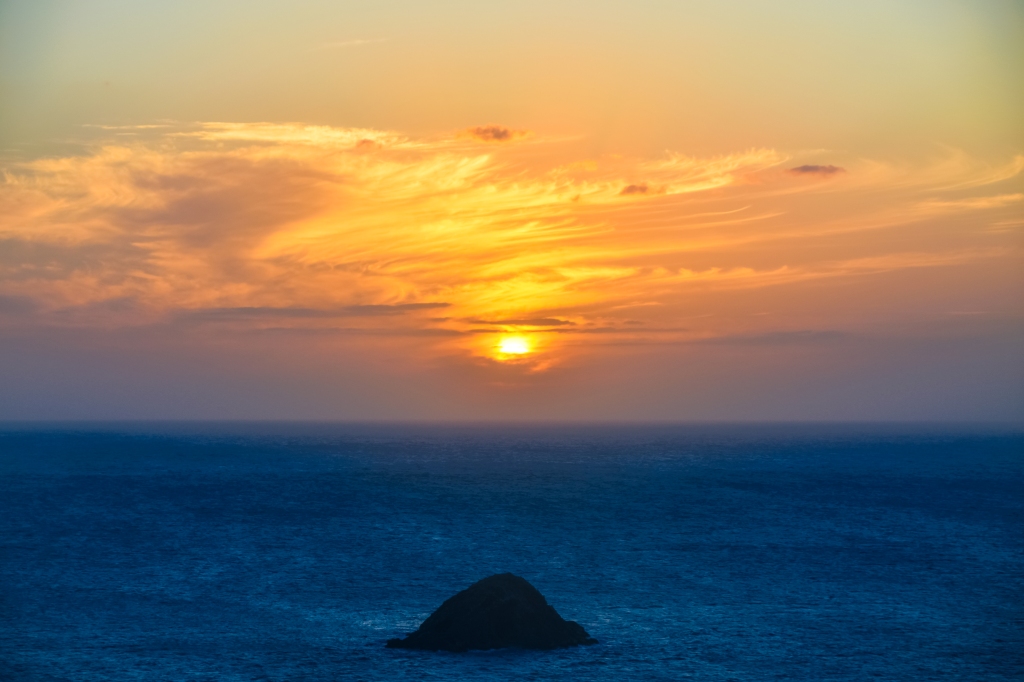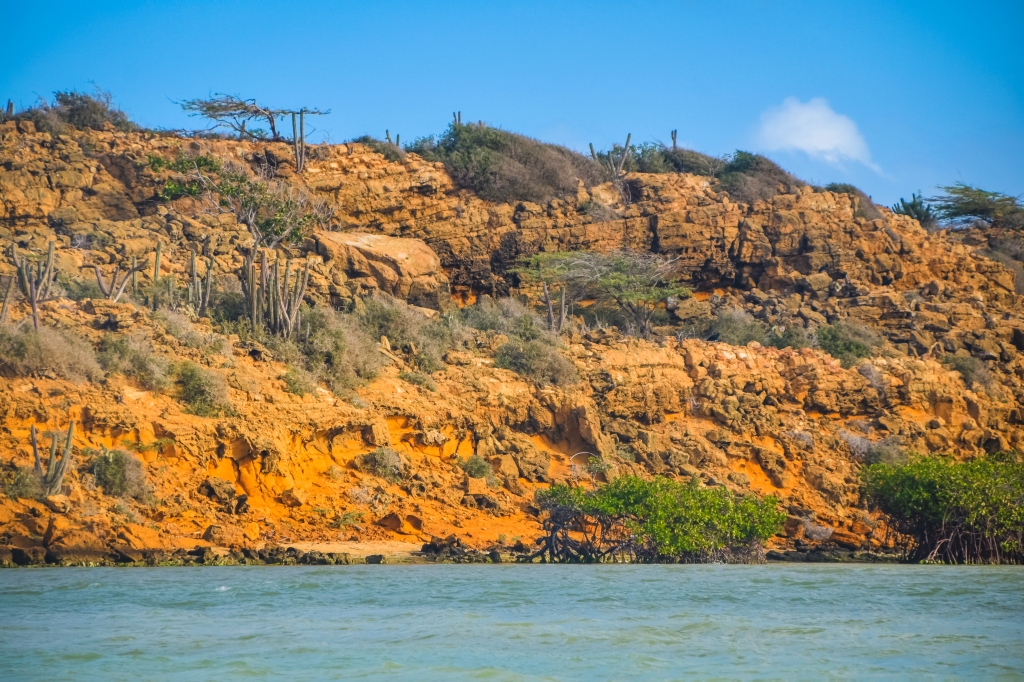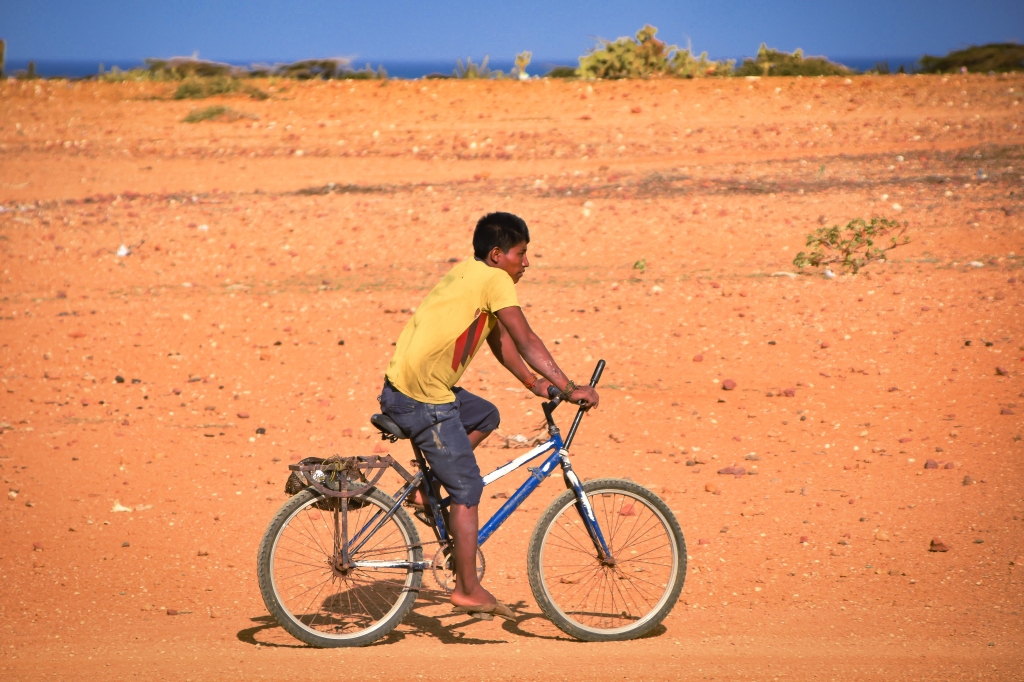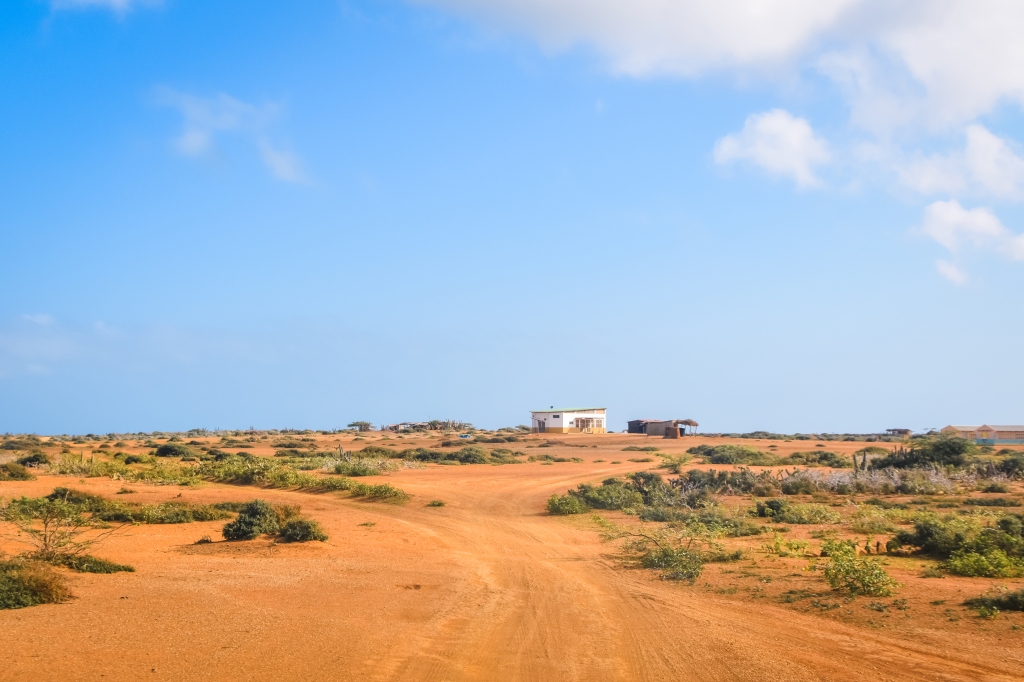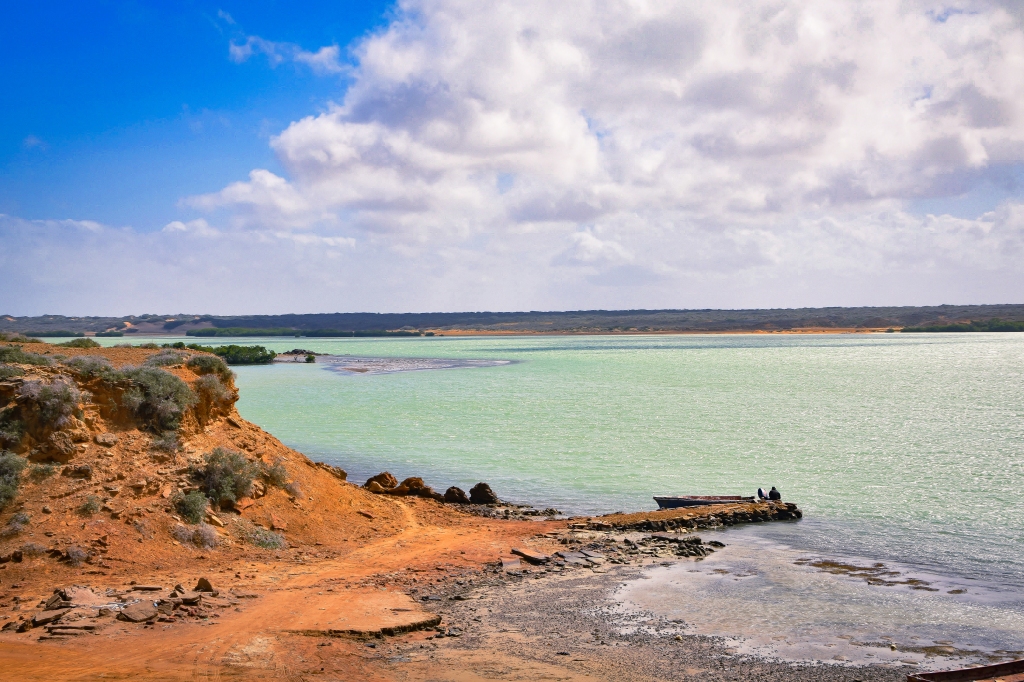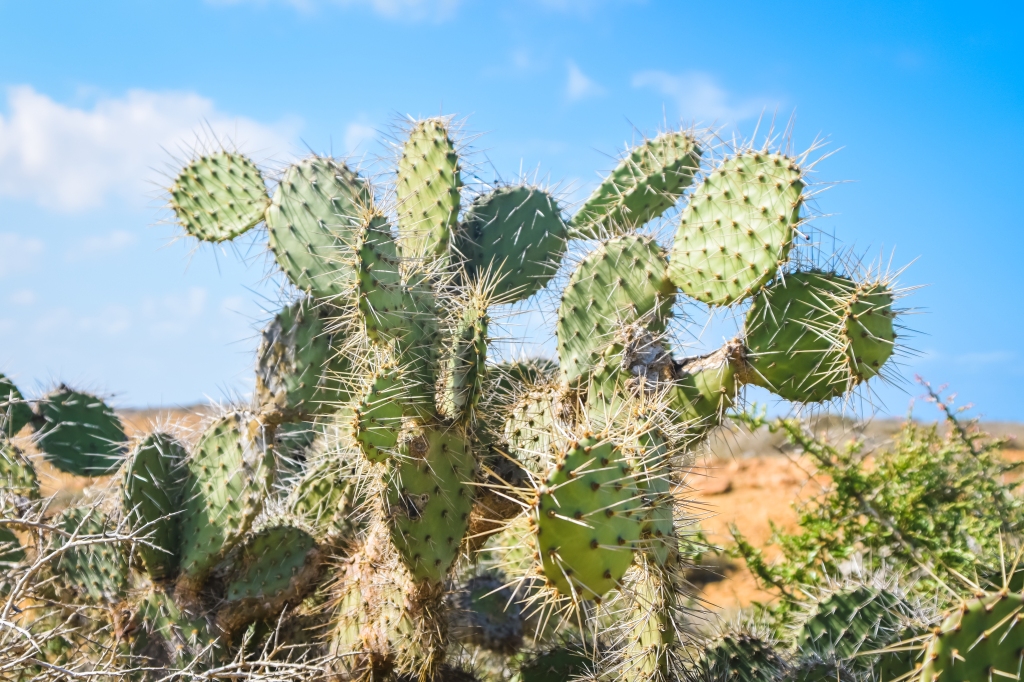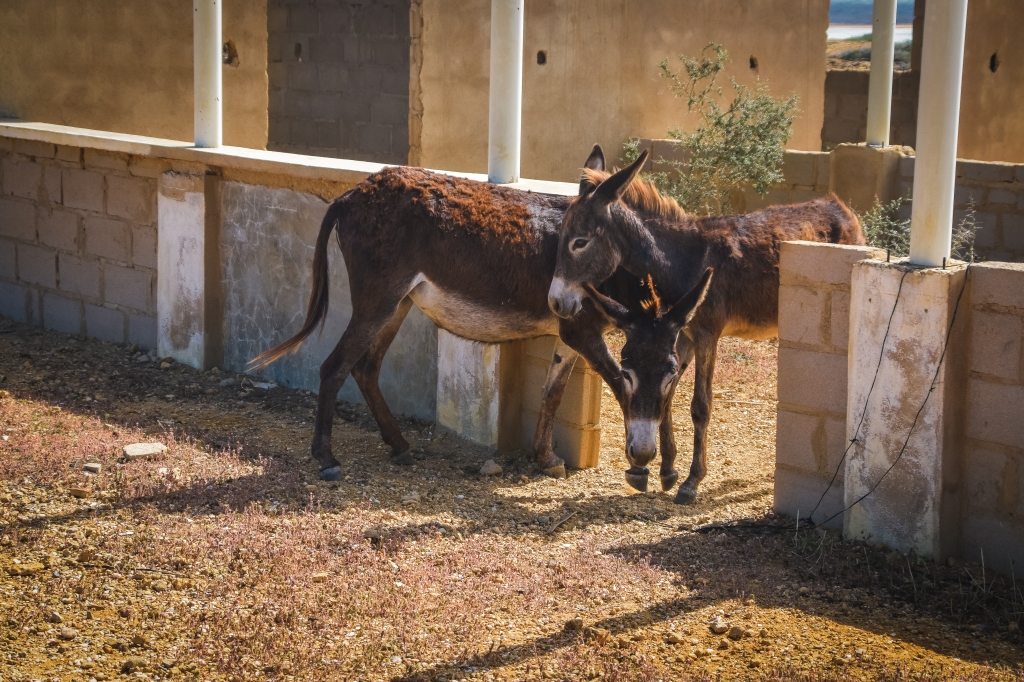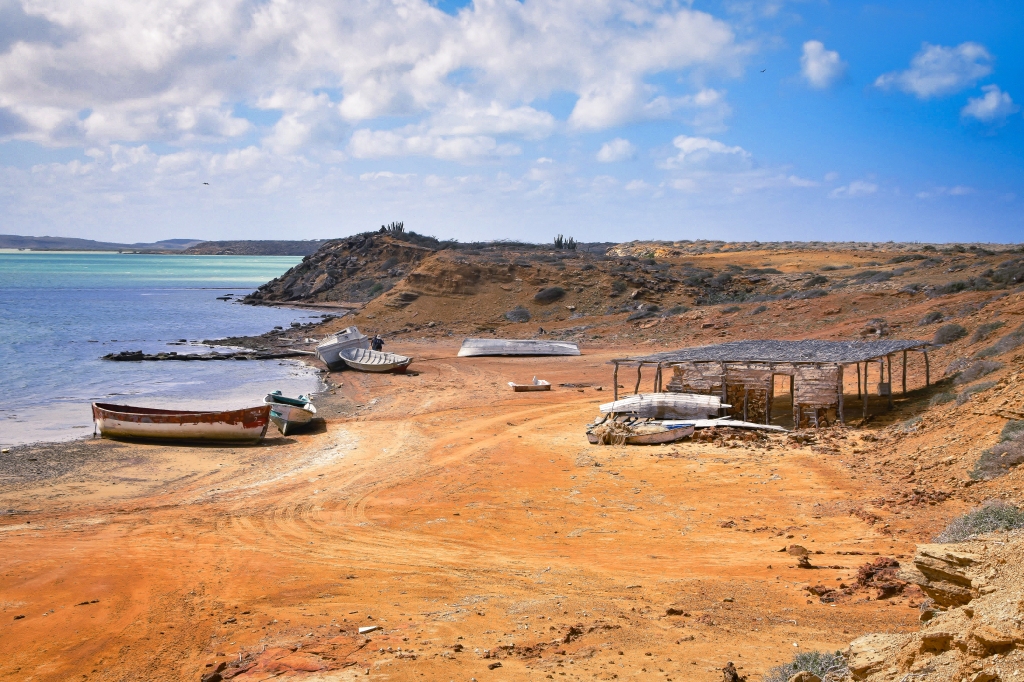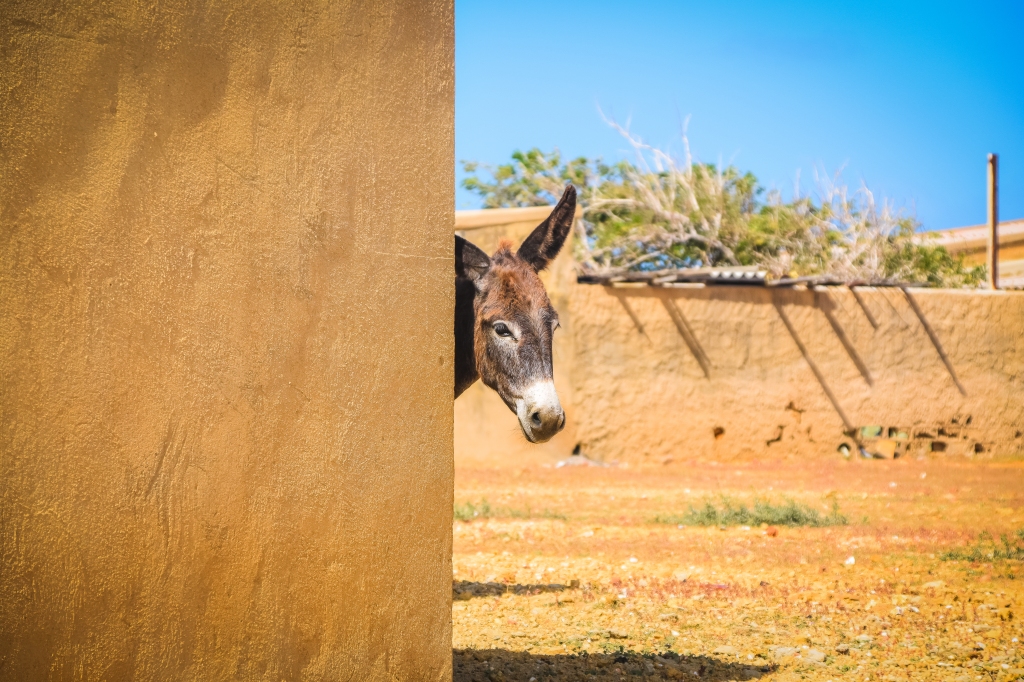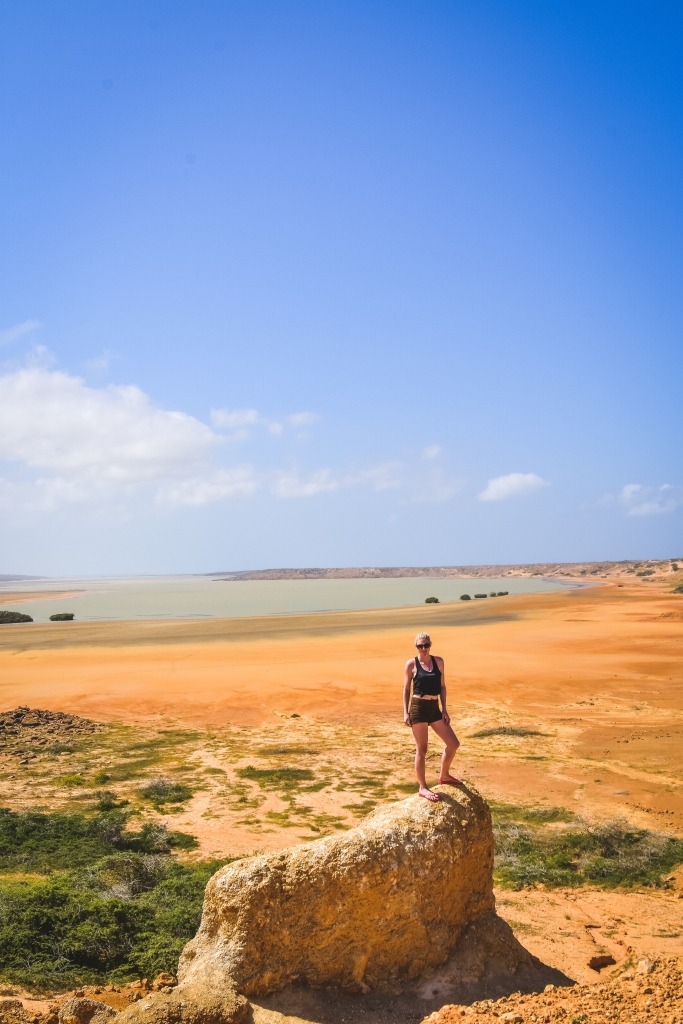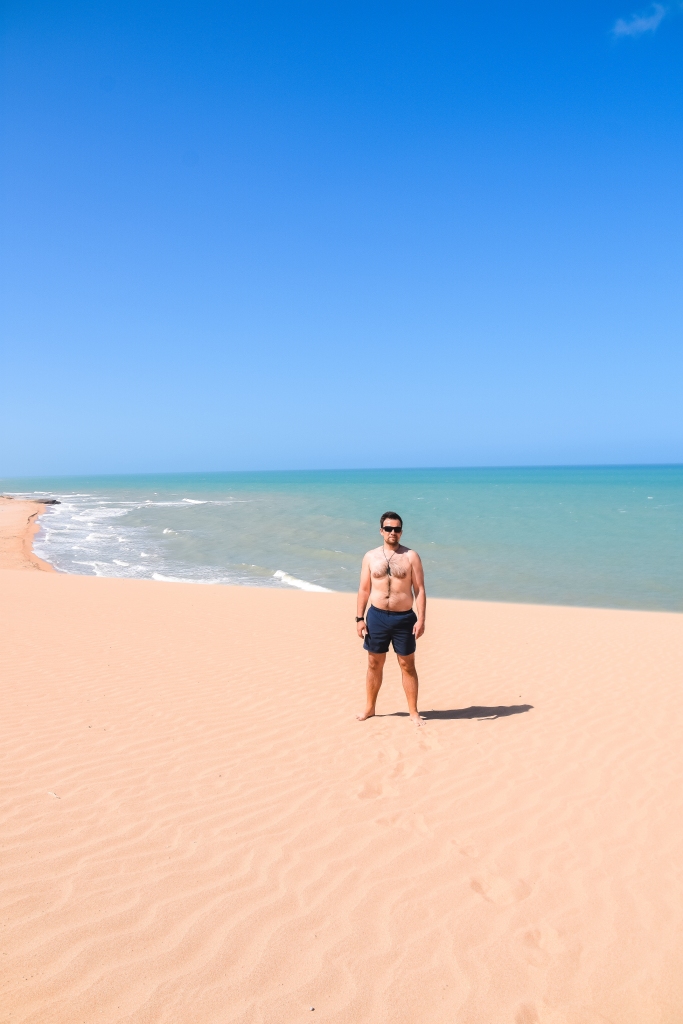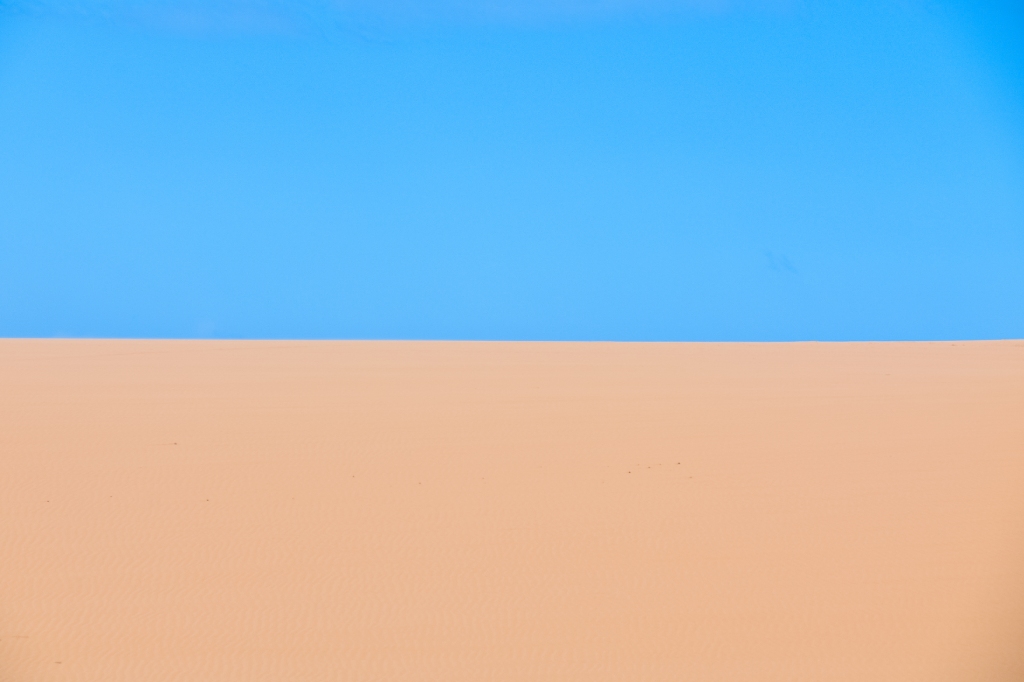This post contains affiliate links. If you use these links to book a stay or purchase an item I may earn a commission at no cost to you.
Water steriliser
I am all for helping the environment (except when it comes to reducing my plane travel – as I live in New Zealand there isn’t really any other option to get anywhere – don’t judge me) and I used to always be disgusted at the number of plastic bottles we went through on a trip to countries without safe drinking water. With a water steriliser there is no longer any wastage and we can get clean water anywhere, anytime which is so crucial with kids – you don’t want to be wandering around trying to find a shop because you have run out of water or be worried about your child wasting or spilling what you do have. As a family you go through so much water too and while you sterilise you can teach your kids about why it’s important! We have the Classic Steripen and have never had any issues with it.
I also suggest taking a reusable water bottle as you will need it to sterilise your water in and drink from. The Nalgene water bottle is a great size and fit seamlessly with the Classic Steripen.
Camera
It’s such a pain lugging around a digital camera. BELIEVE ME I KNOW. But even with some of the best camera phones there is just no beating a good camera with a great lens. You need to take both your phone and camera if you want good holiday snaps – the convenience of the phone is fantastic but a camera will get you those shots that you can edit perfectly and blow up and hang on your wall to remember all the good stuff! A tripod for either one or both is a great idea too but be aware that there are many places around the world that won’t let you take a tripod ie. the Taj Mahal.
Travel wallet
A trip can involve a lot of documents and organised chaos whether you are travelling alone, with friends or a partner or as a family. Now that I have kids I have 4 passports and tickets and other documents to carry around. I always use a family travel wallet to keep all of these things accessible and organised along with our itinerary. Amazon has some great options.
Travel shoes
Great walking shoes for travel is something I never leave for a trip without investing in. The key requirements here are comfortable, hard-wearing, lightweight, breathable and machine washable. The Allbirds brand meet most of these and are my favourite brand to travel with but I don’t find them particularly hard-wearing (see the photo below where my allbirds are absolutely falling apart). Amazon also has various shoes fit for purpose.

Go Pro
A Go Pro is a great idea to take to capture all those moments when you would prefer to keep your phone and camera safe and away from the situation. I don’t always recommend having one but if you have kids or are doing lots of physical activities its a good idea to take one and if you are doing anything underwater then its NECESSARY. The best place we took our Go Pro was the Galapagos Islands and we would have been so disappointed had we not brought one here.
Silk sheet
I always travel with a silk sheet – they are sooo small and take up absolutely no room in your luggage but allow you to have a blanket on you for emergencies. I have used mine for sleeping on trains, buses and at the airport when my flight has been cancelled + also every time I have slept in a hammock (which is quite a few times actually) or my hostel bedding hasn’t been warm enough (or even if the hostel has just felt a bit yuck as in this case its nice to have your own bedding next to your skin). A silk sheet super useful in warm climates as you are always in shorts or very light clothing but the air-conditioning or the wind makes you cold and suddenly you need that extra bit of a layer to cover up.
Backpack
I love looking stylish and always prefer to carry a handbag but sometimes you just need a backpack to be hands free and carry all your stuff for the day. My go to is Macpac.
Sarong
This seems like a strange item to carry unless you are doing a solely beach holiday but I always carry a sarong with me everywhere when I travel. Its great for covering up your legs or shoulders in temples or staying out of the sun, keeping warm if the wind picks up and drying off if you paddle in some water or mopping away some sweat. It’s also an emergency skirt if you get mud all over you and its so lightweight and easy to pop into your handbag or a daypack. If you are travelling with kids it can be used for all these things for your children – also particularly as an emergency towel or blanket as children always need these.
Packing Cells
Really for the same reason as above – to keep you organised. Packing Cells can help to seperate out different items so you can locate them easily (ie. all the togs/items for swimming) and stops you from needing to fully re-pack your bag every time you move hotels. Its a great idea to have a different colour per member of the family if you have kids as you are usually sharing bags with them.
Maps.me
Maps.me is an app rather than ‘gear’ but it is an essential travel item I must mention. Maps.me is a travellers DREAM. You can download maps of an entire region and save pins with your accomodation, attractions, restaurants, views, banks etc. anything you want to remember! Then, not only do you have these with any key details saved to your phone – Maps.me gives your location in real time without needing an internet connection – it even has most hiking trails accurately marked. I have been lost in a maze of alleyways in India and yet able to easily find my way back to my hotel with maps.me and on badly signposted hikes in Colombia where I can check I am on the right path using maps.me and I never feel the need to get roaming on my phone while overseas because I have this app. I also love that I can just check what area we are in and see if I had any good restaurants etc. pinned nearby to save walking around for ages aimlessly looking for somewhere to eat.
I hope you have found some of these tips useful! Please let me know if there is anything you travel with all the time that I haven’t included on this list so I can learn something new too!
Erika xx



